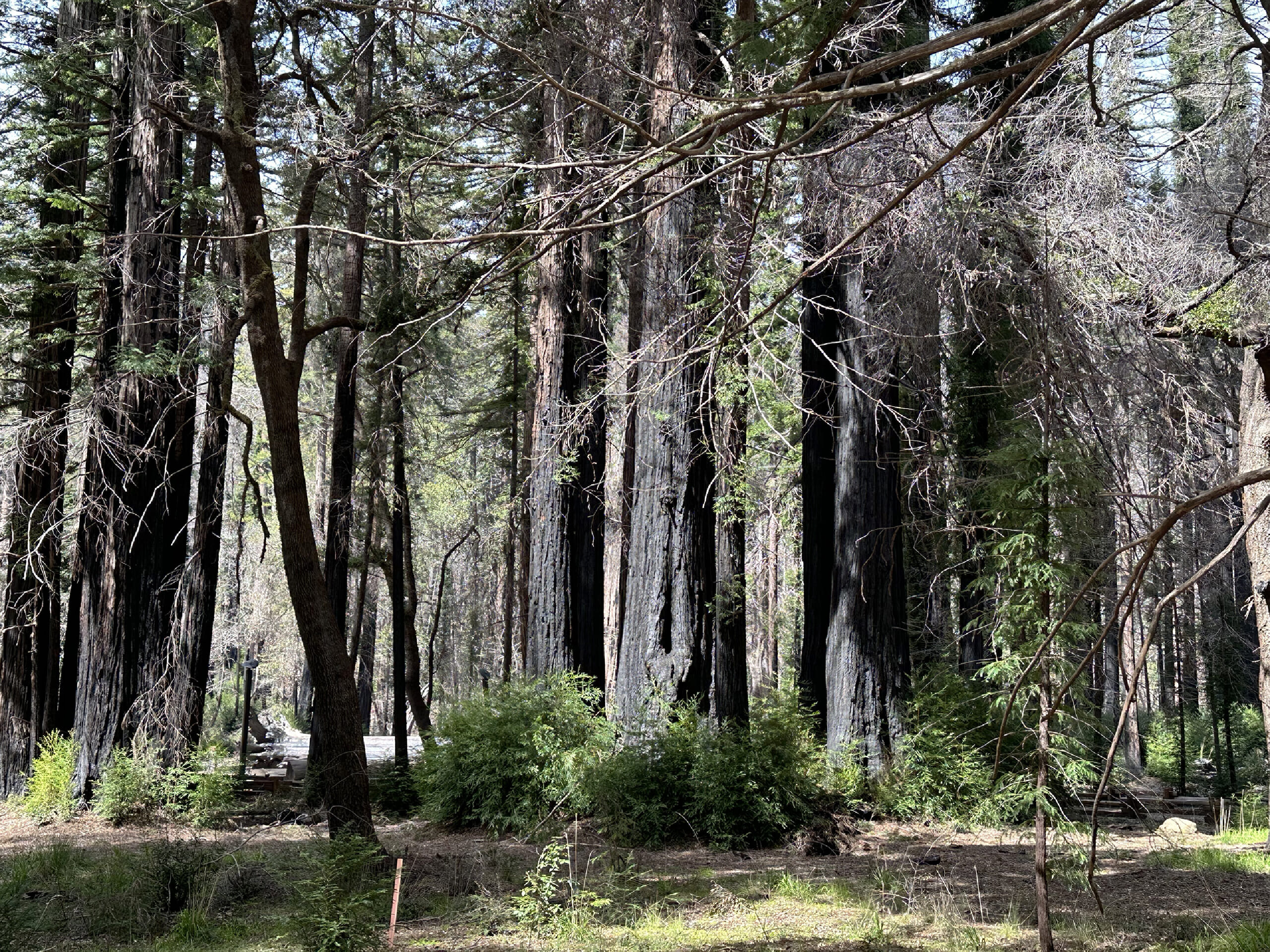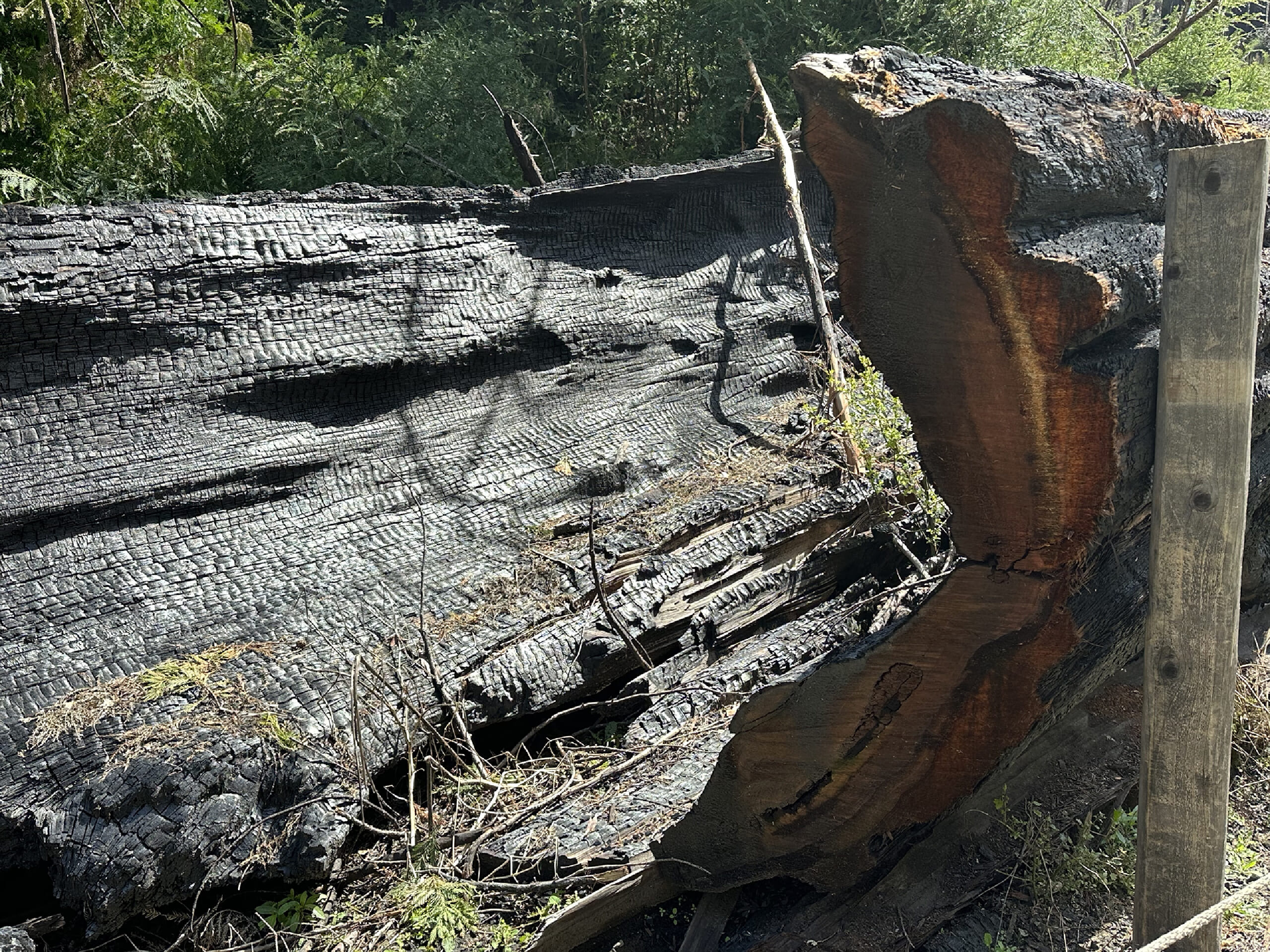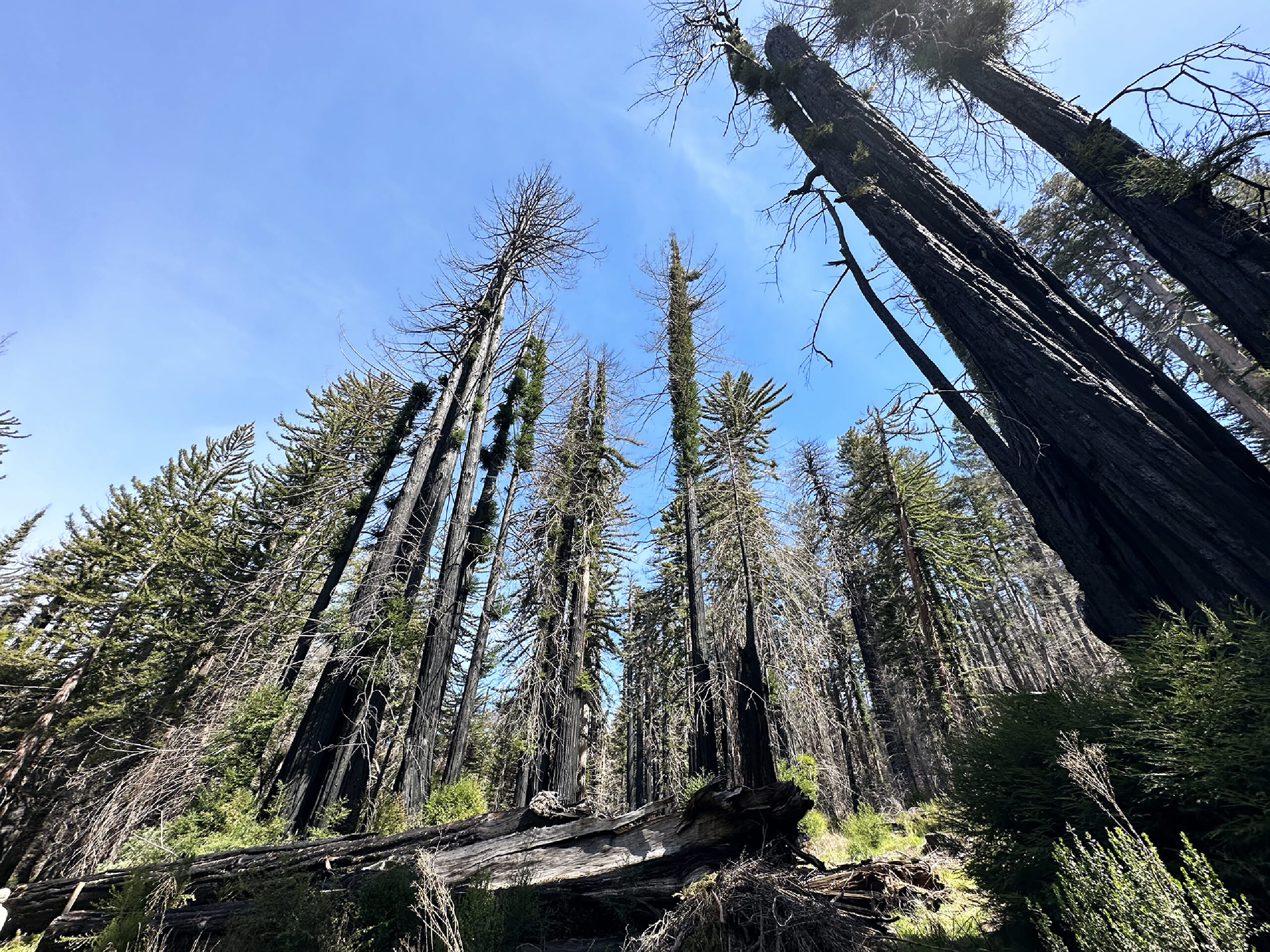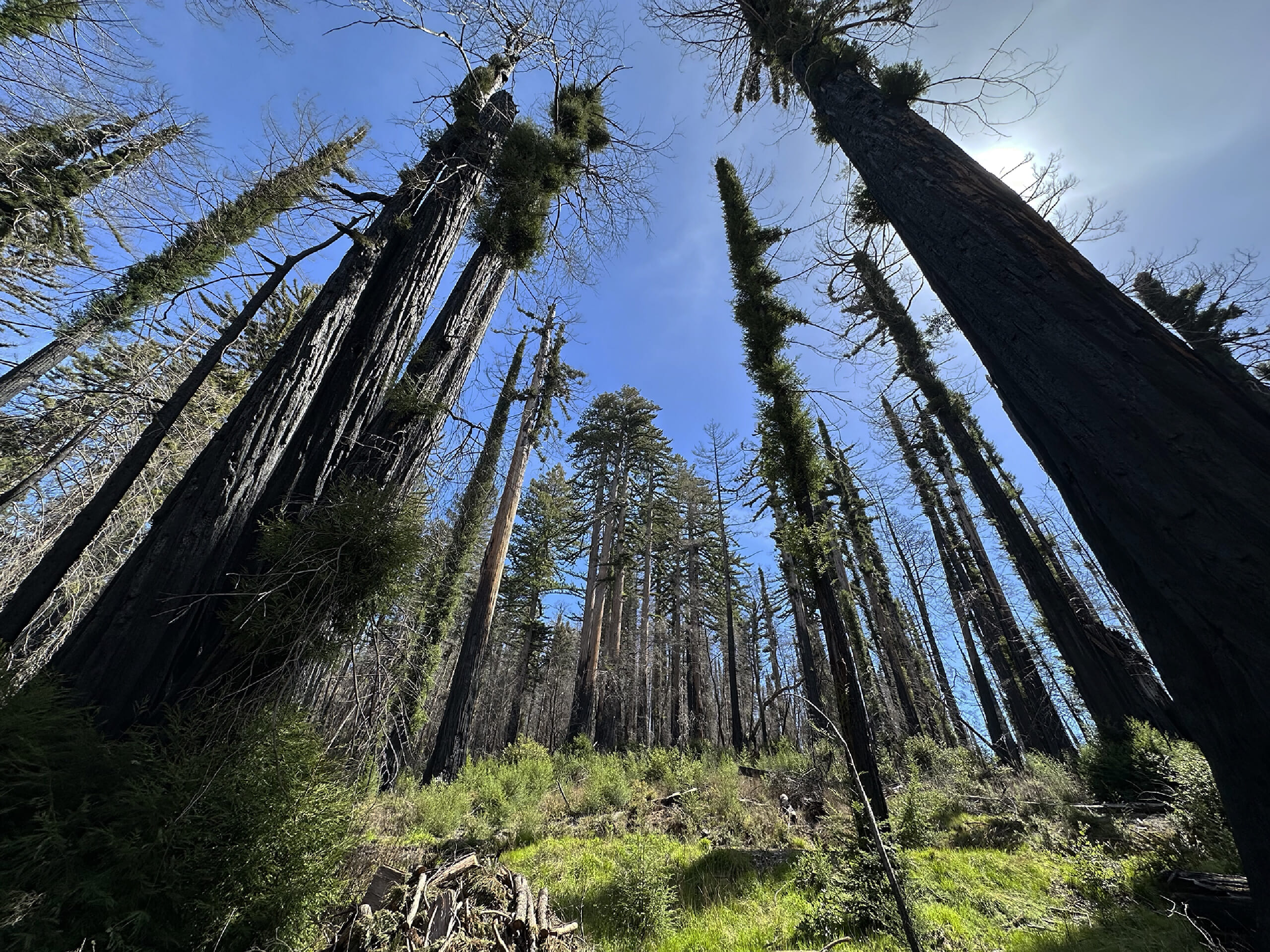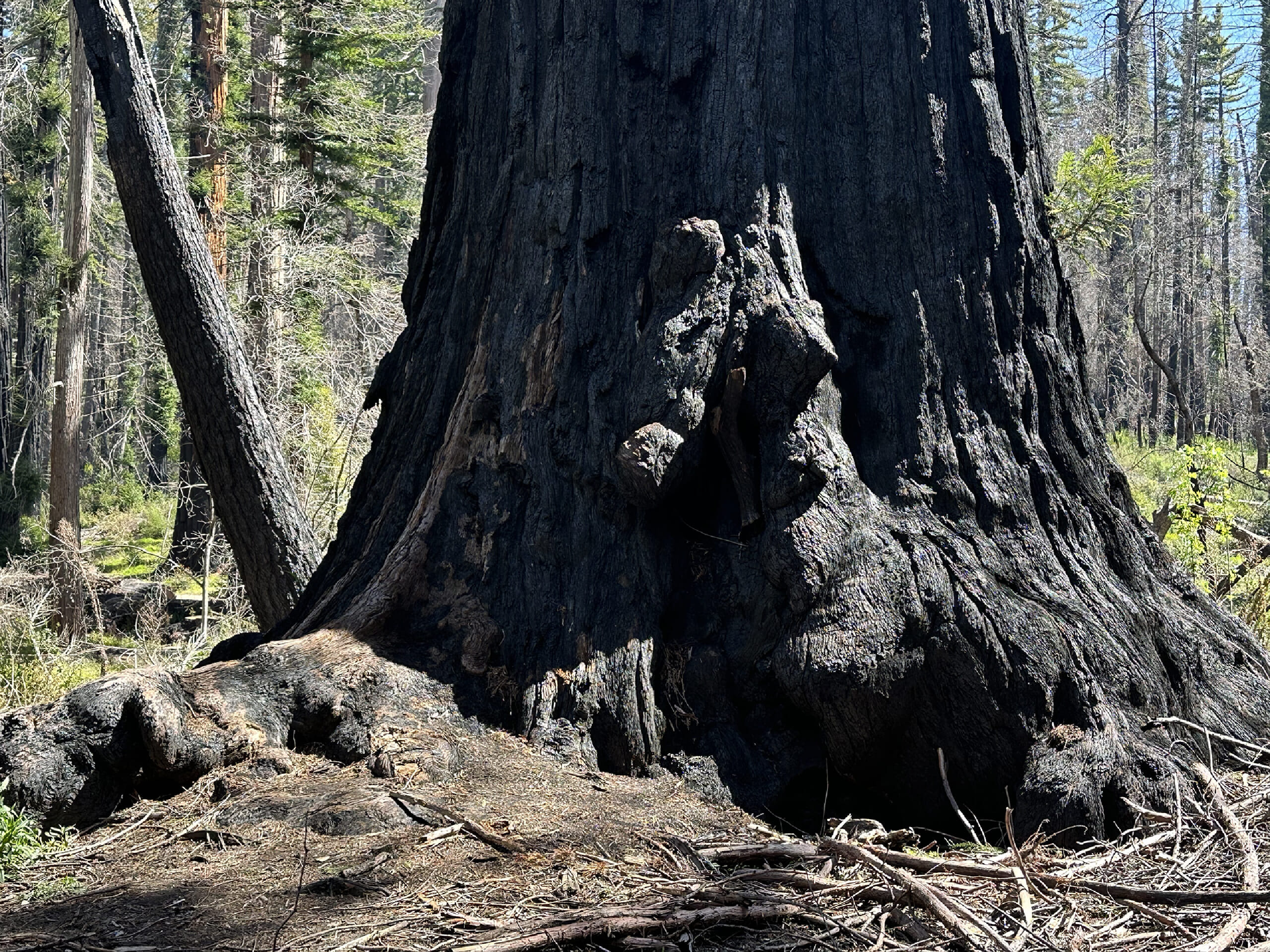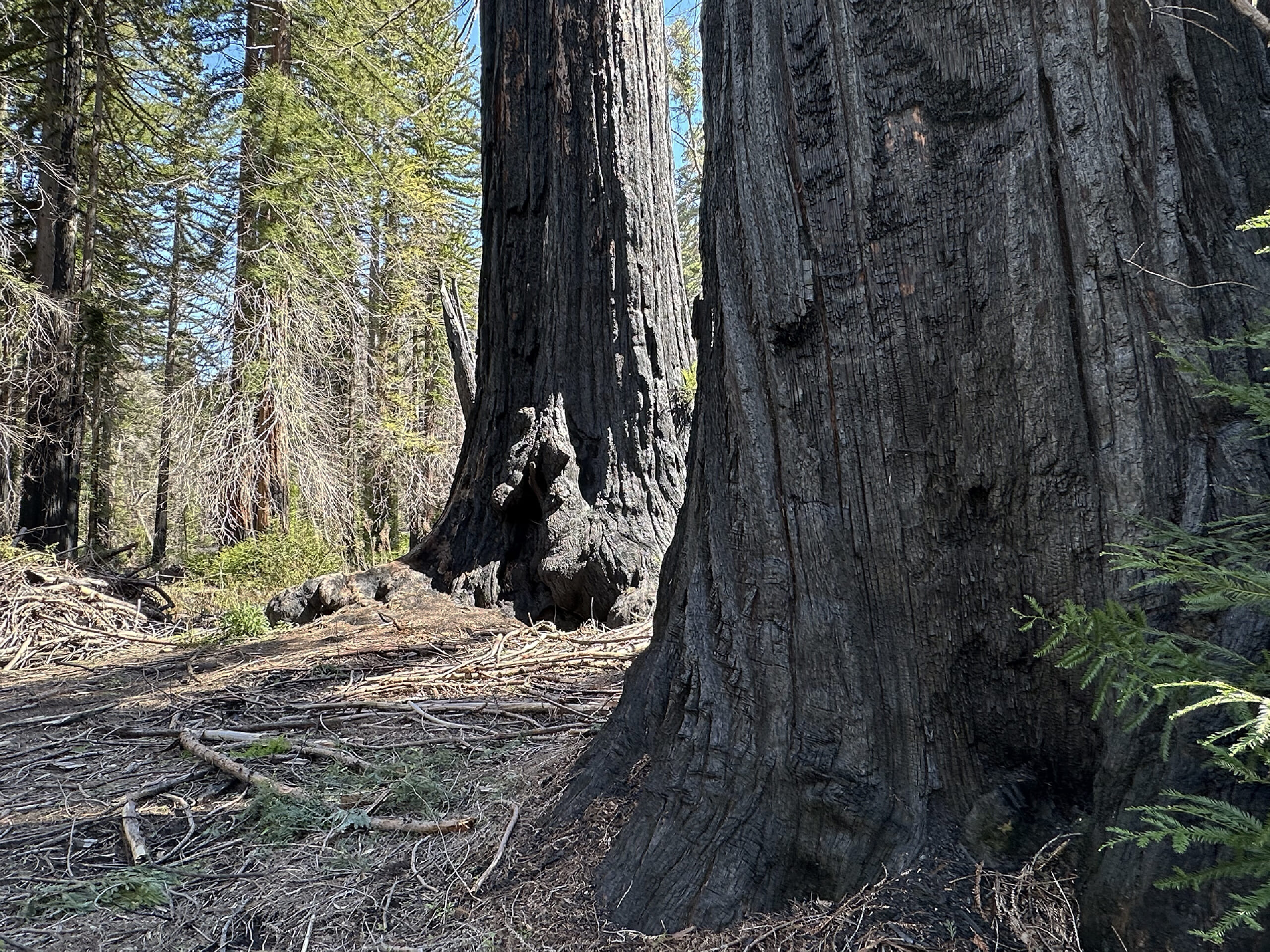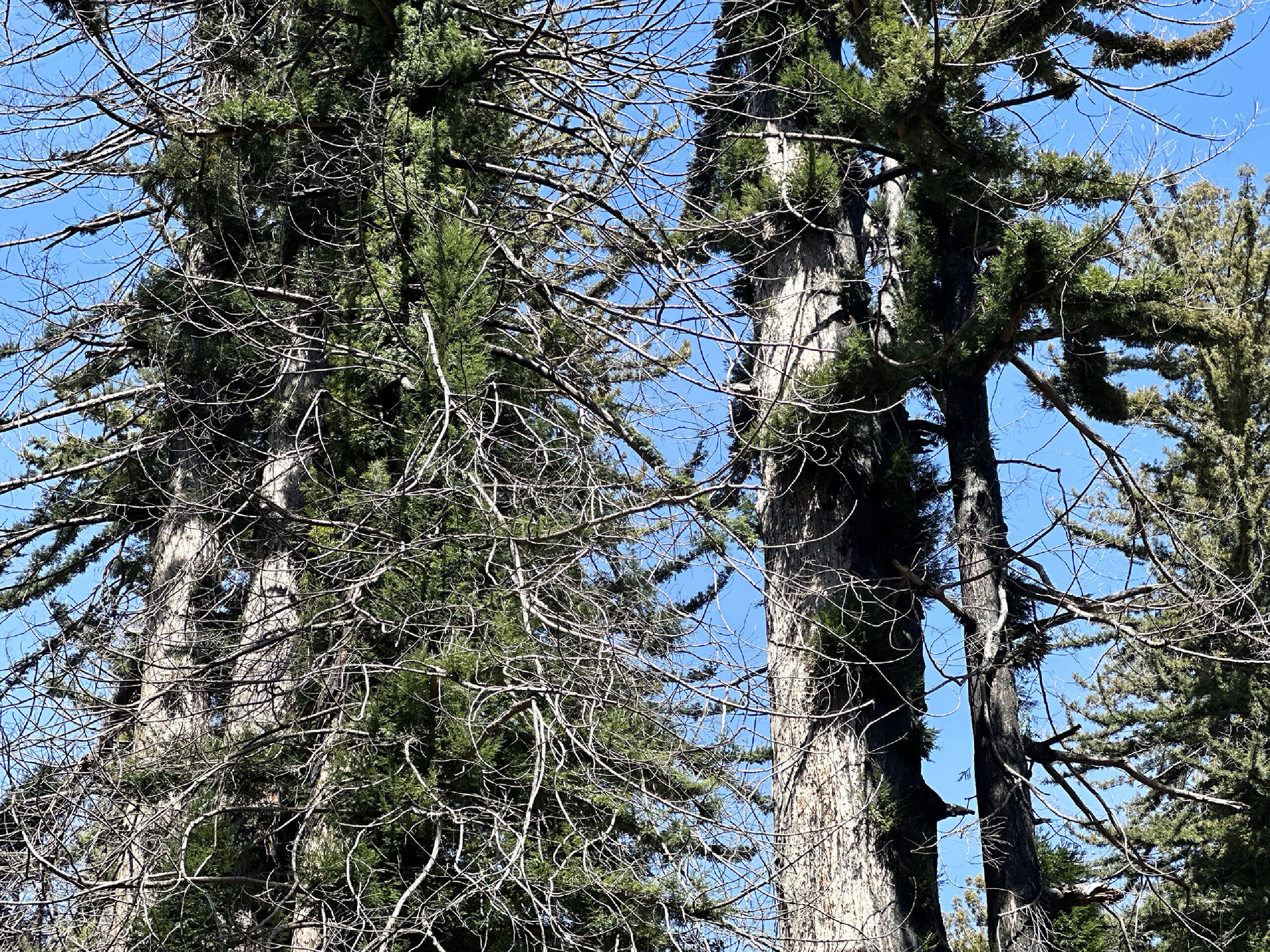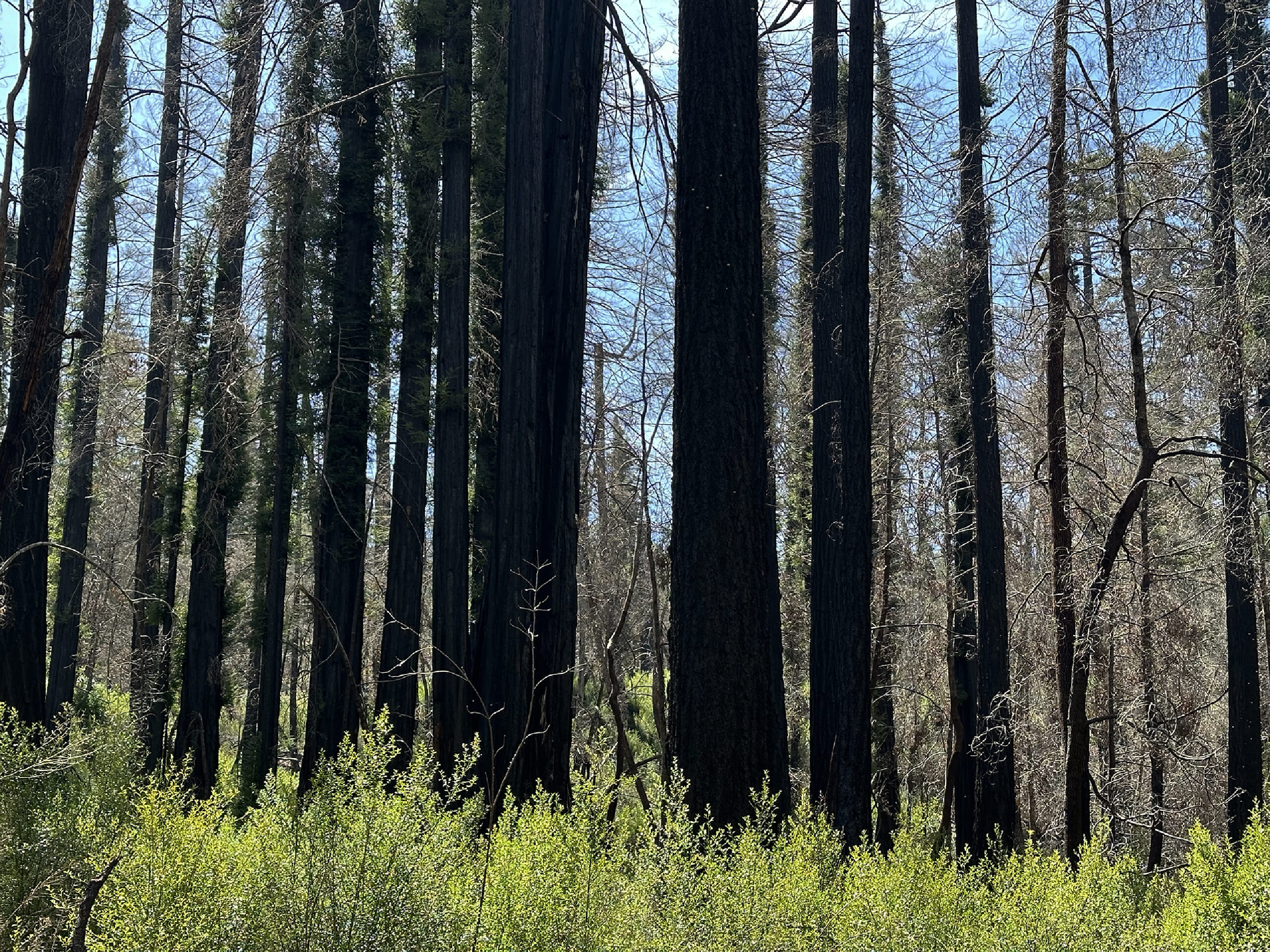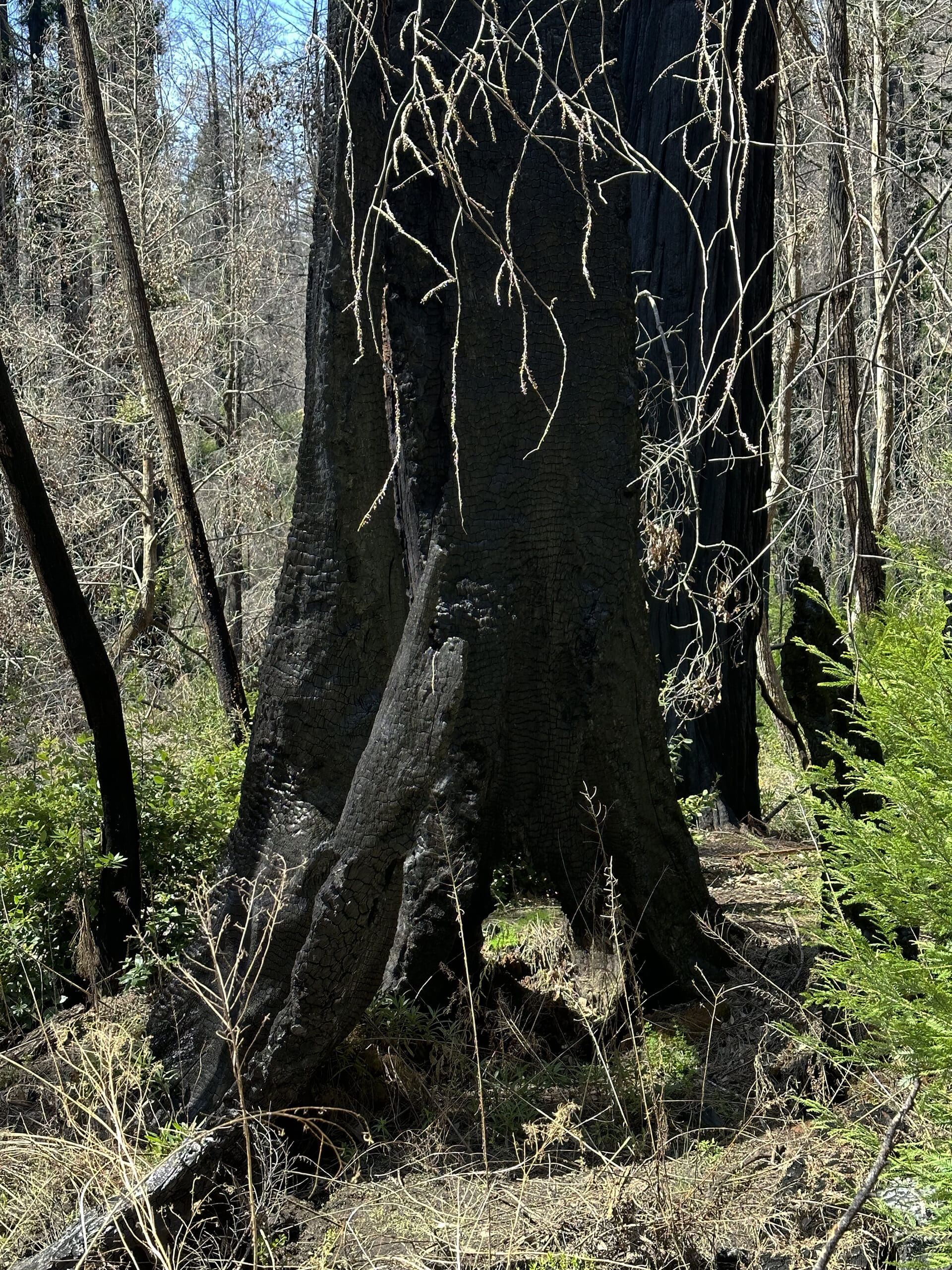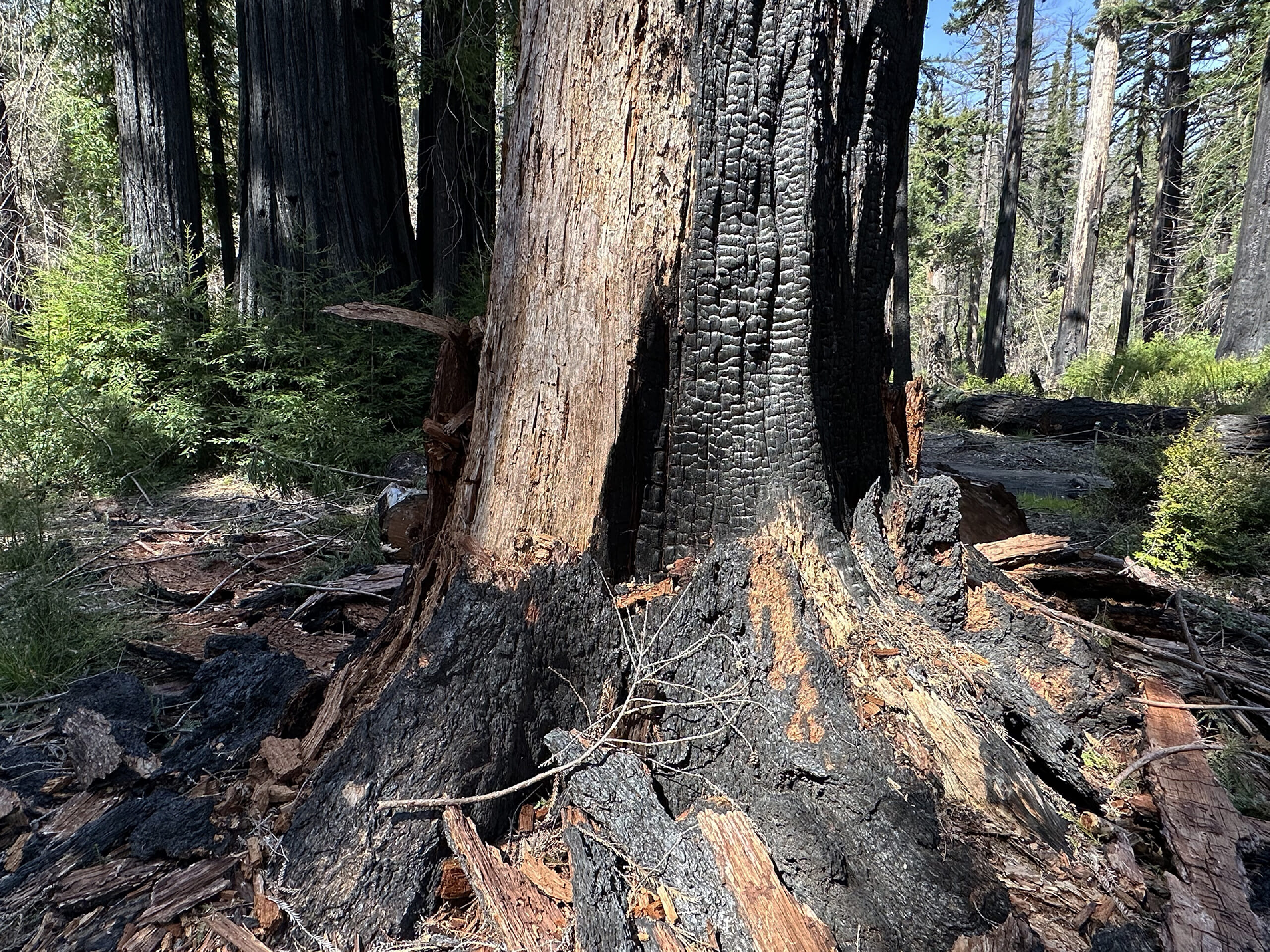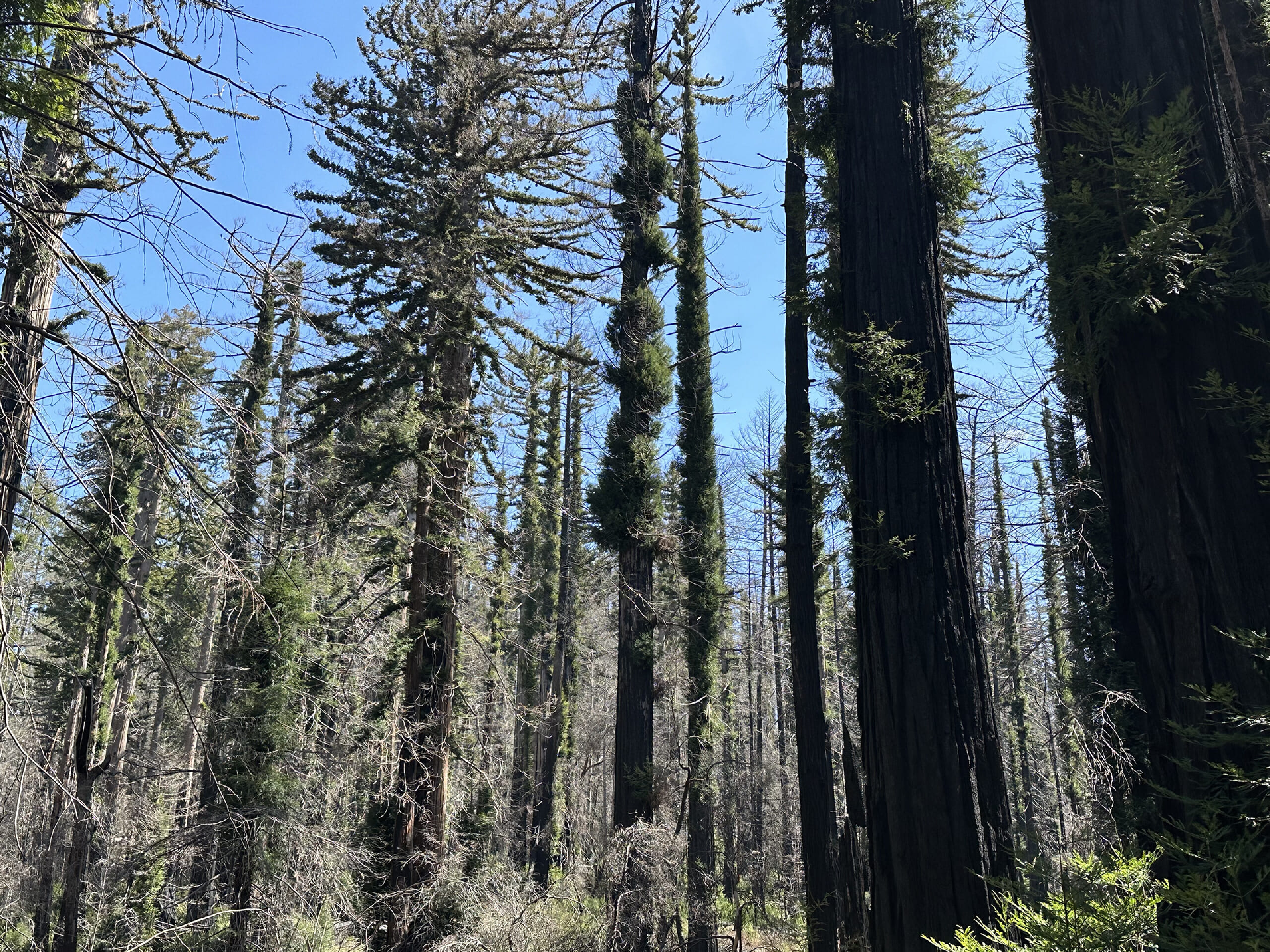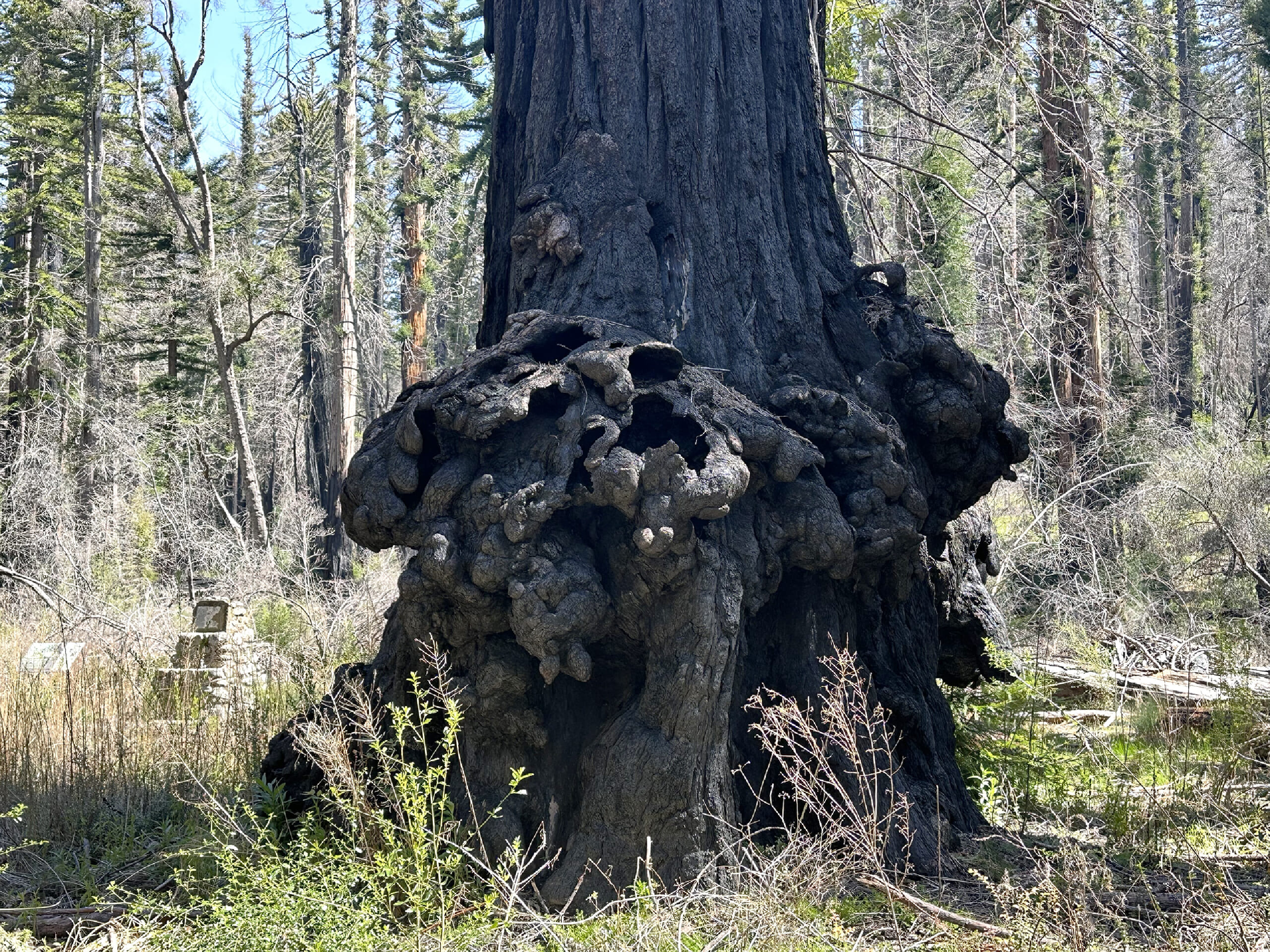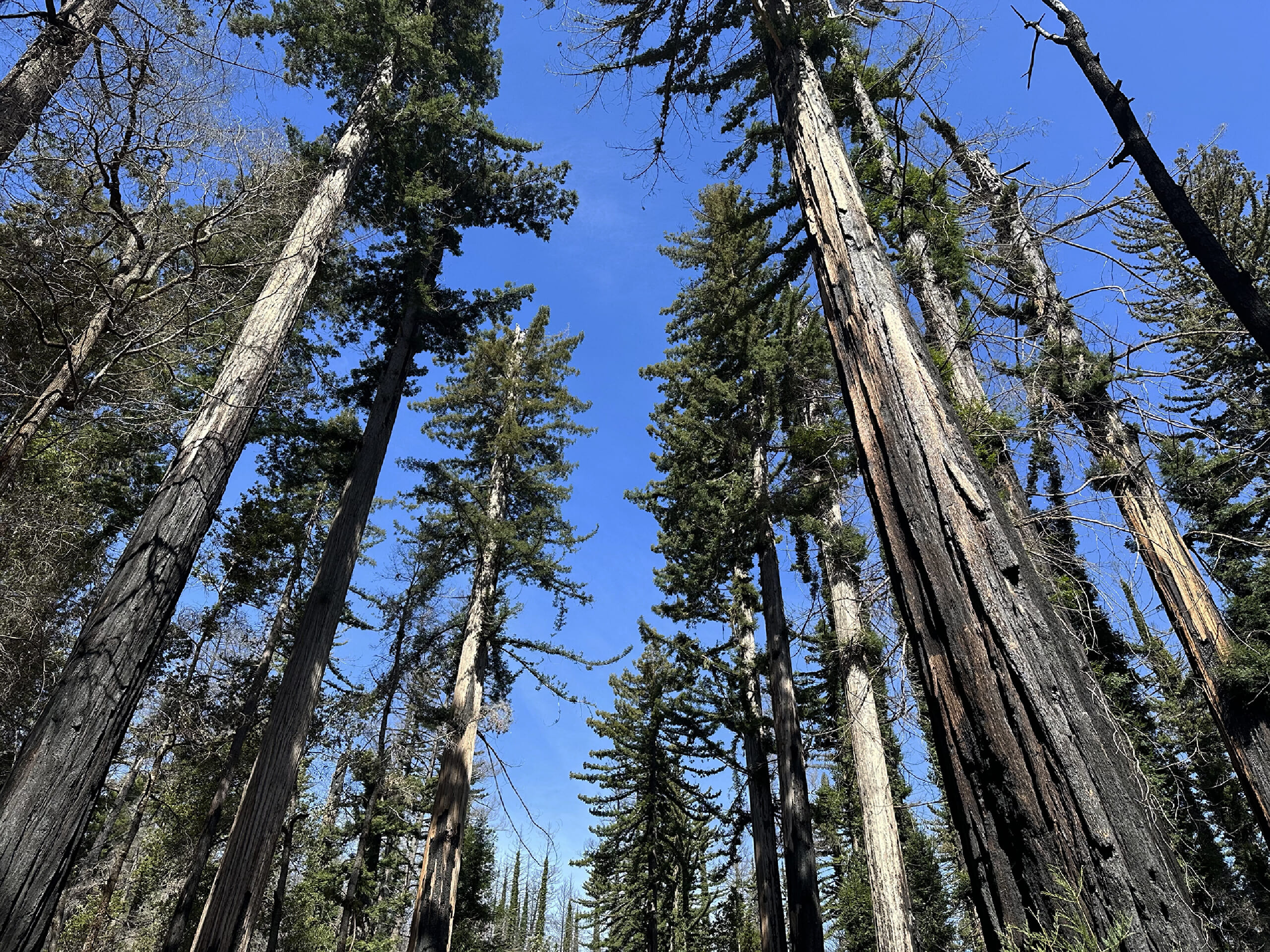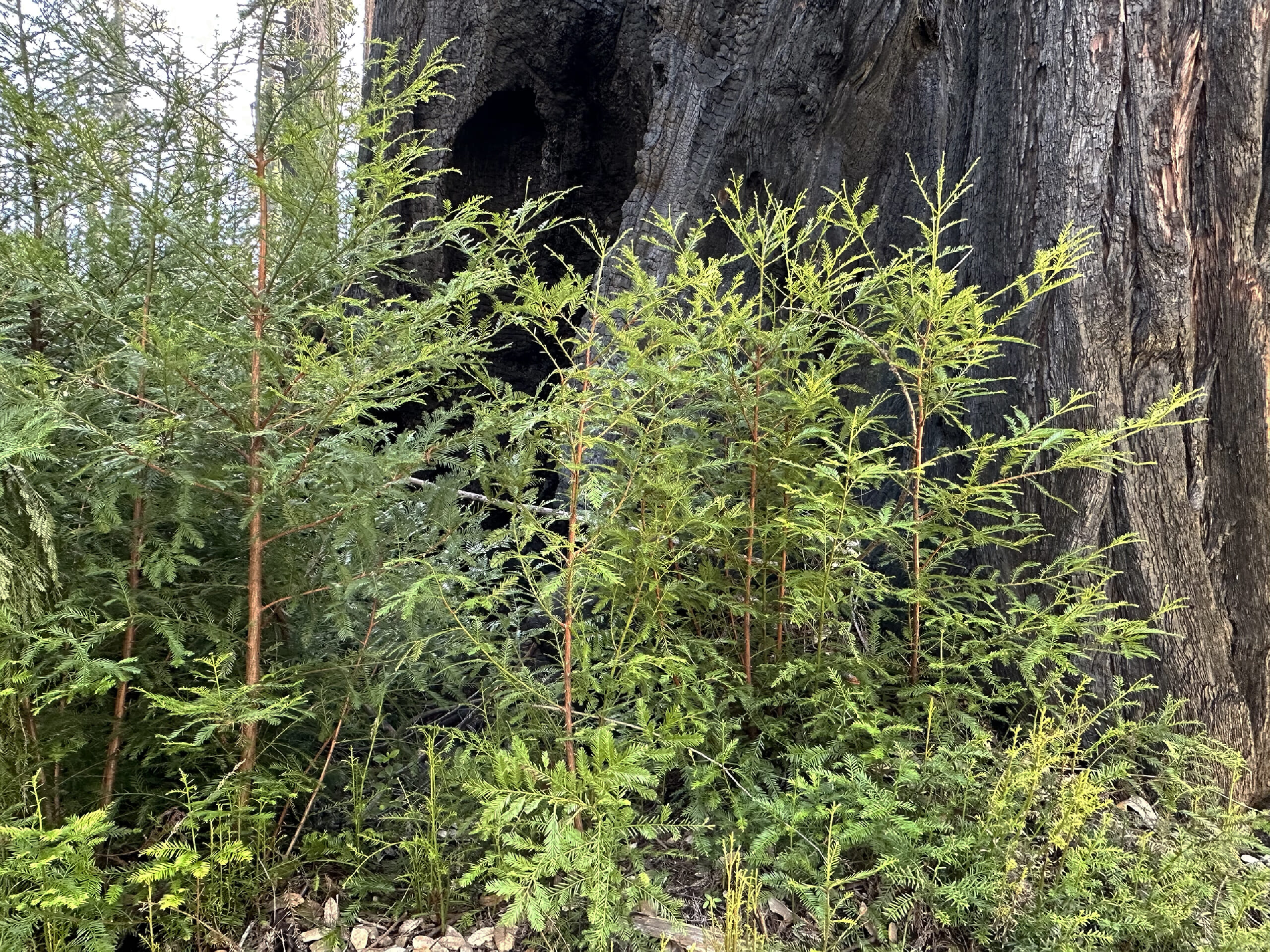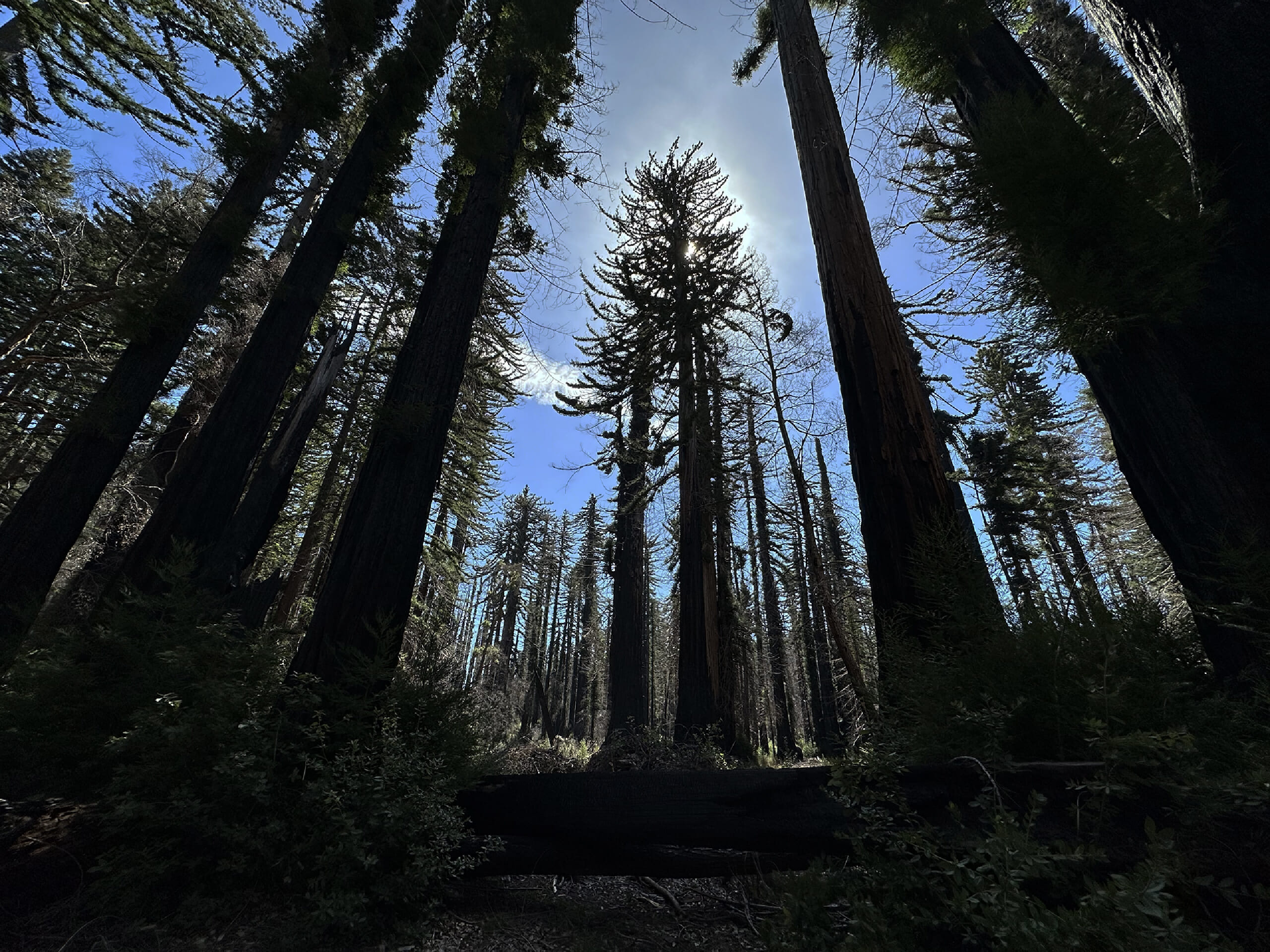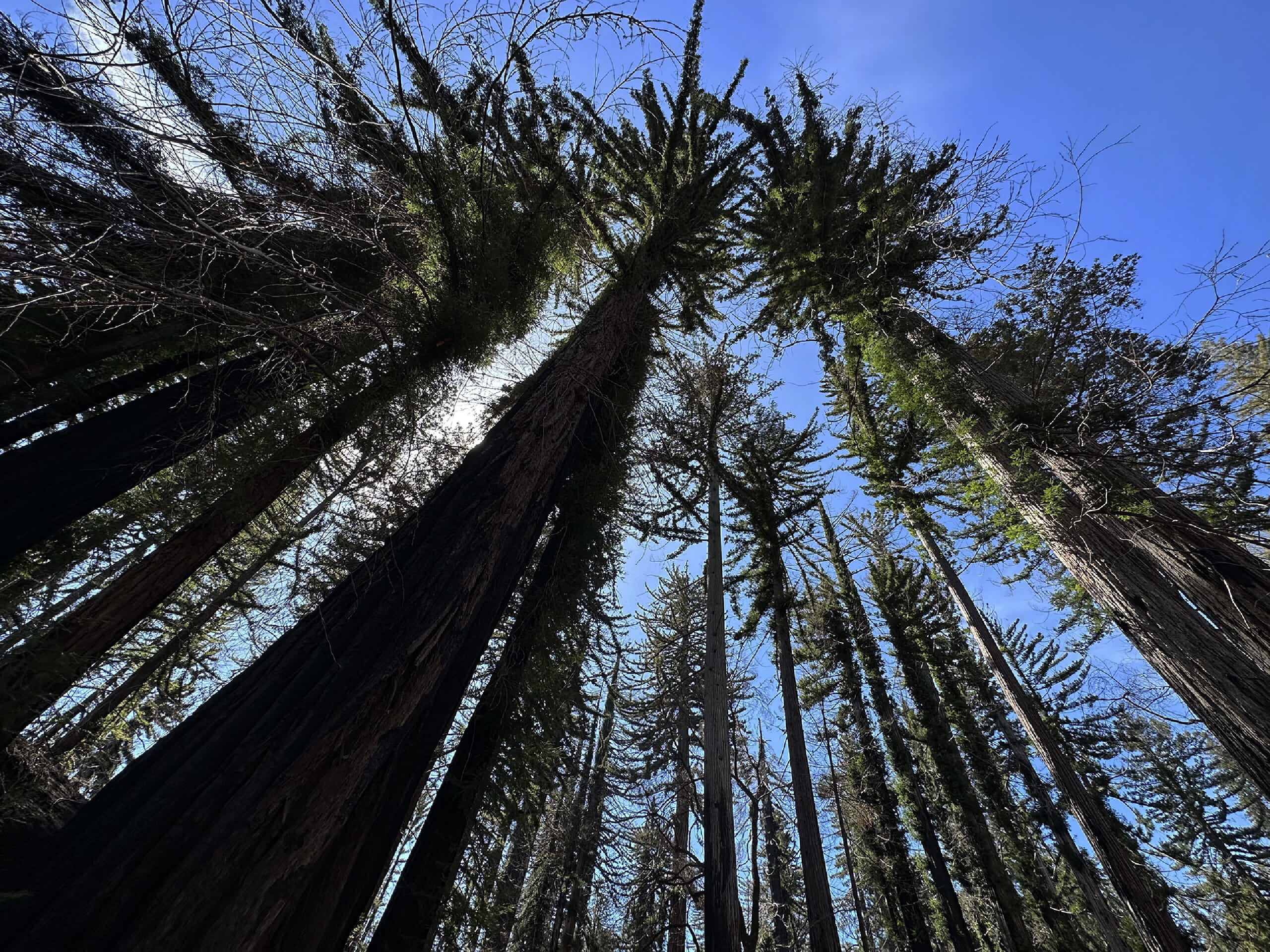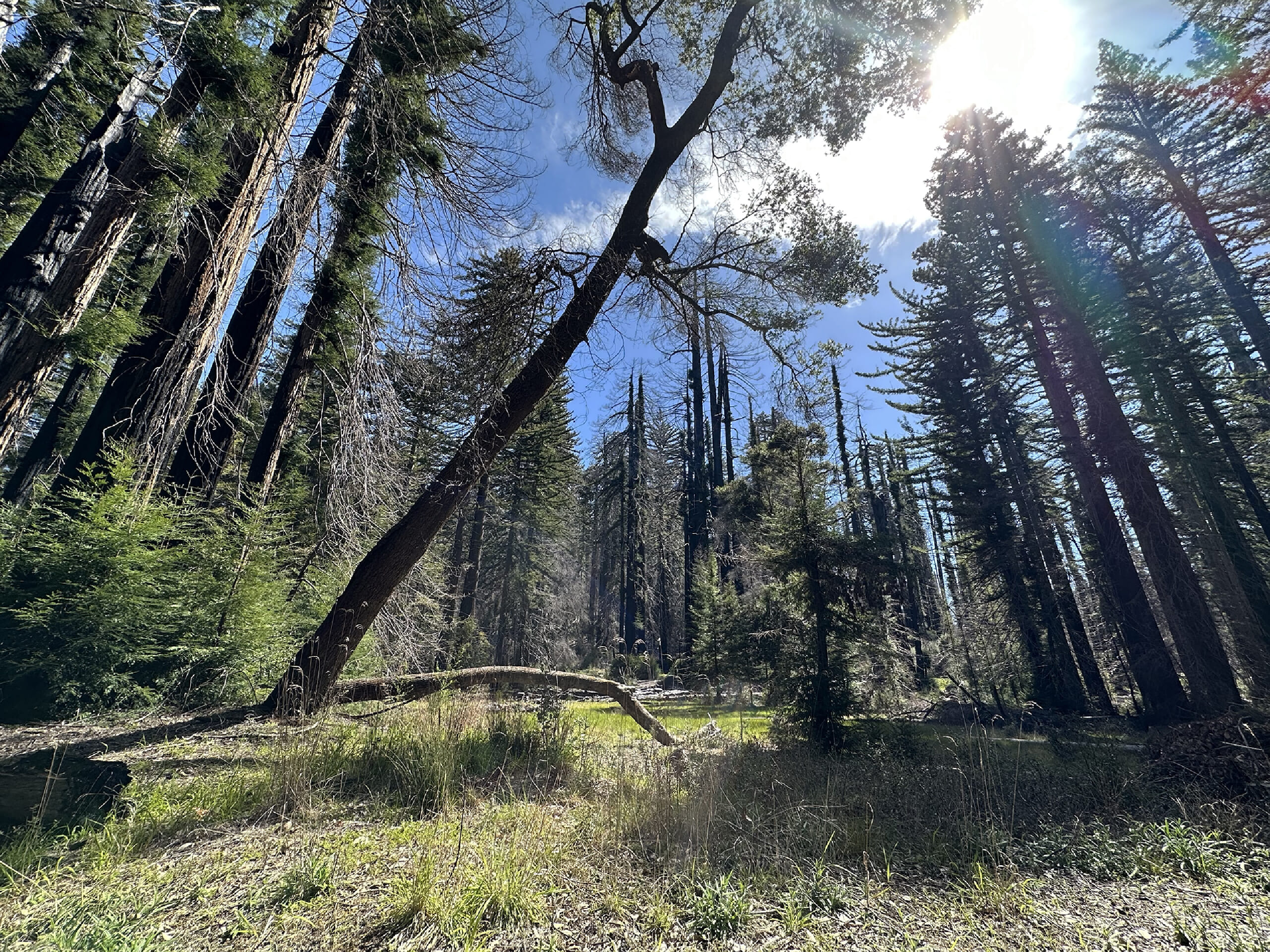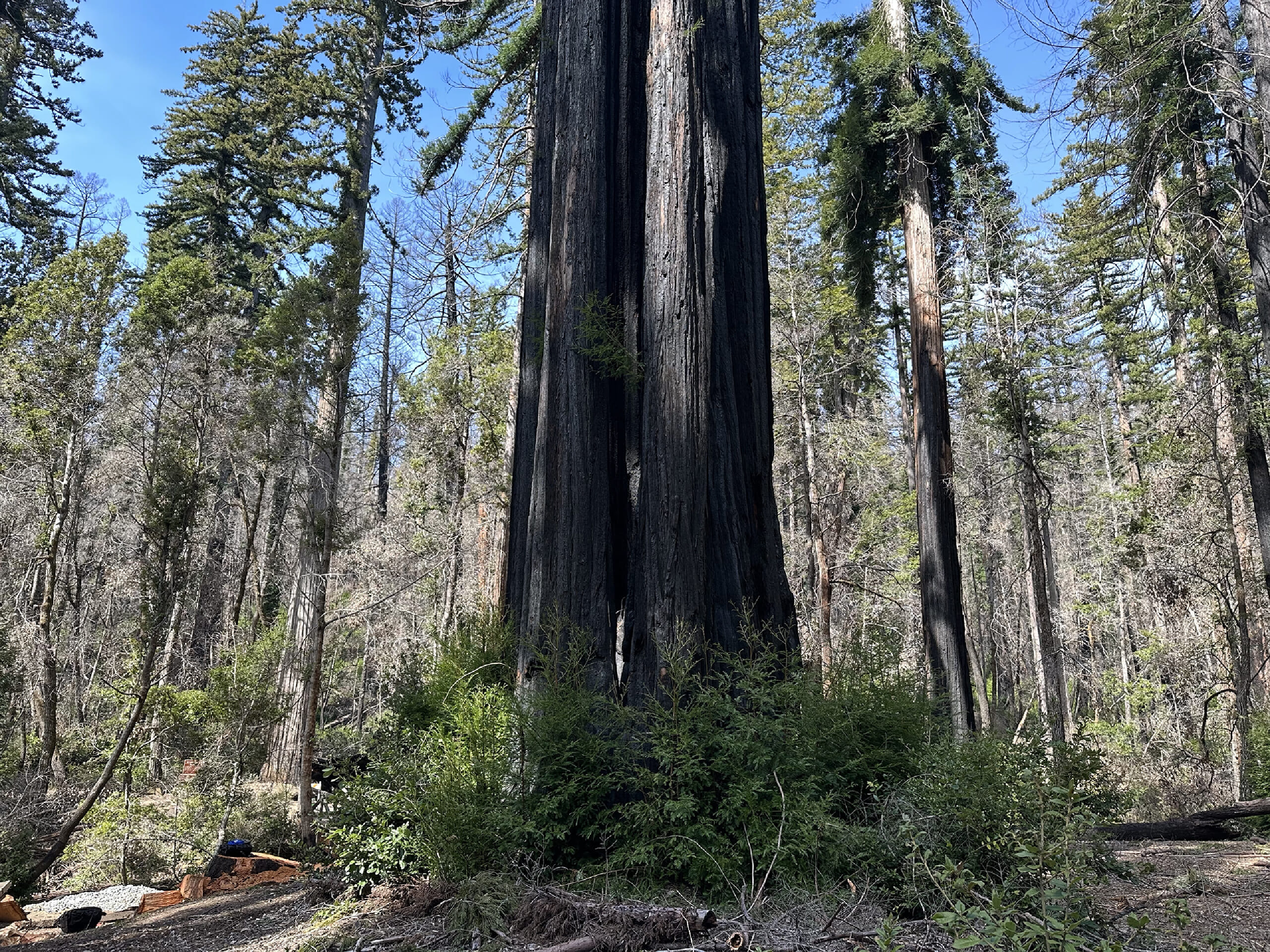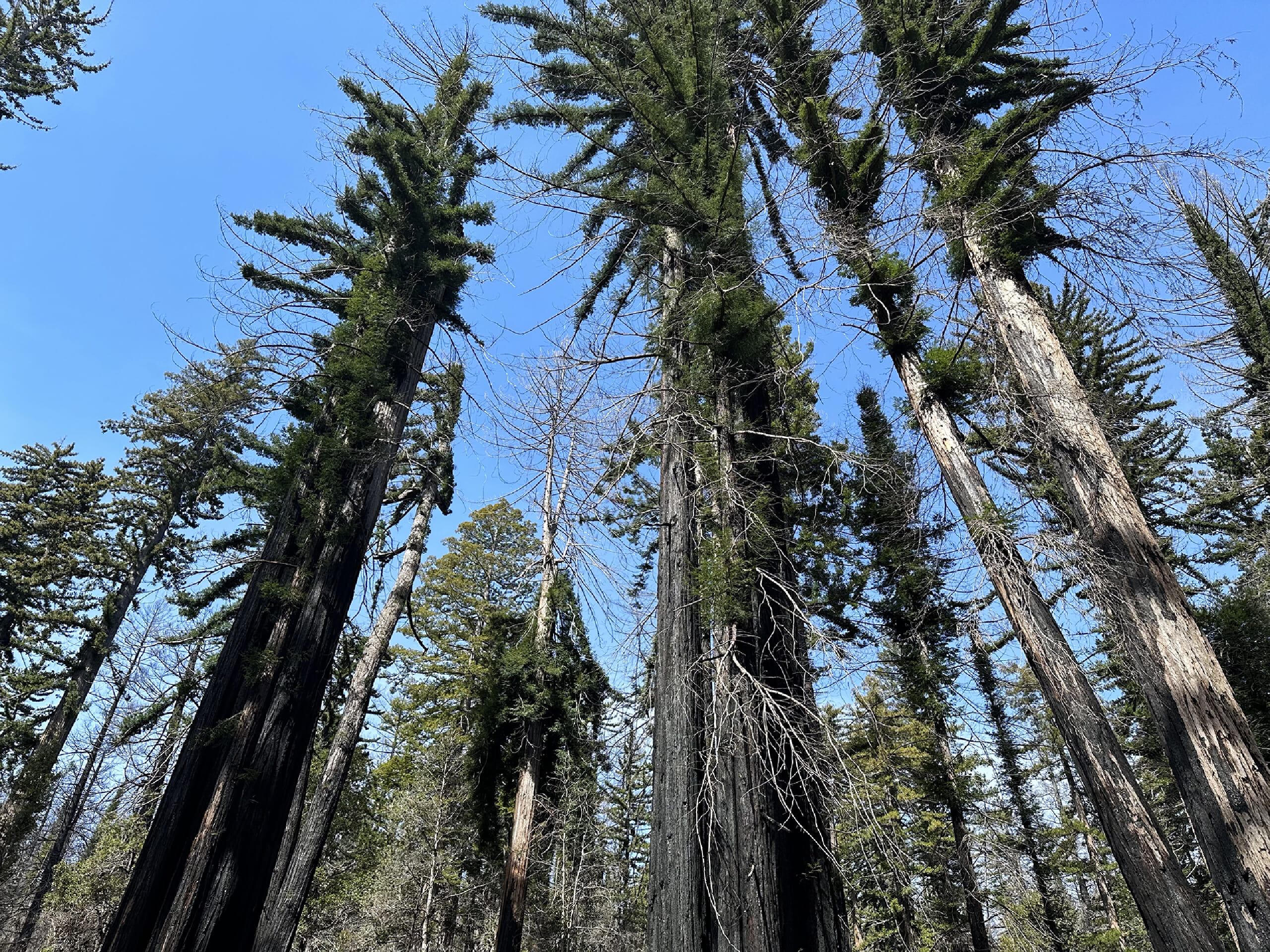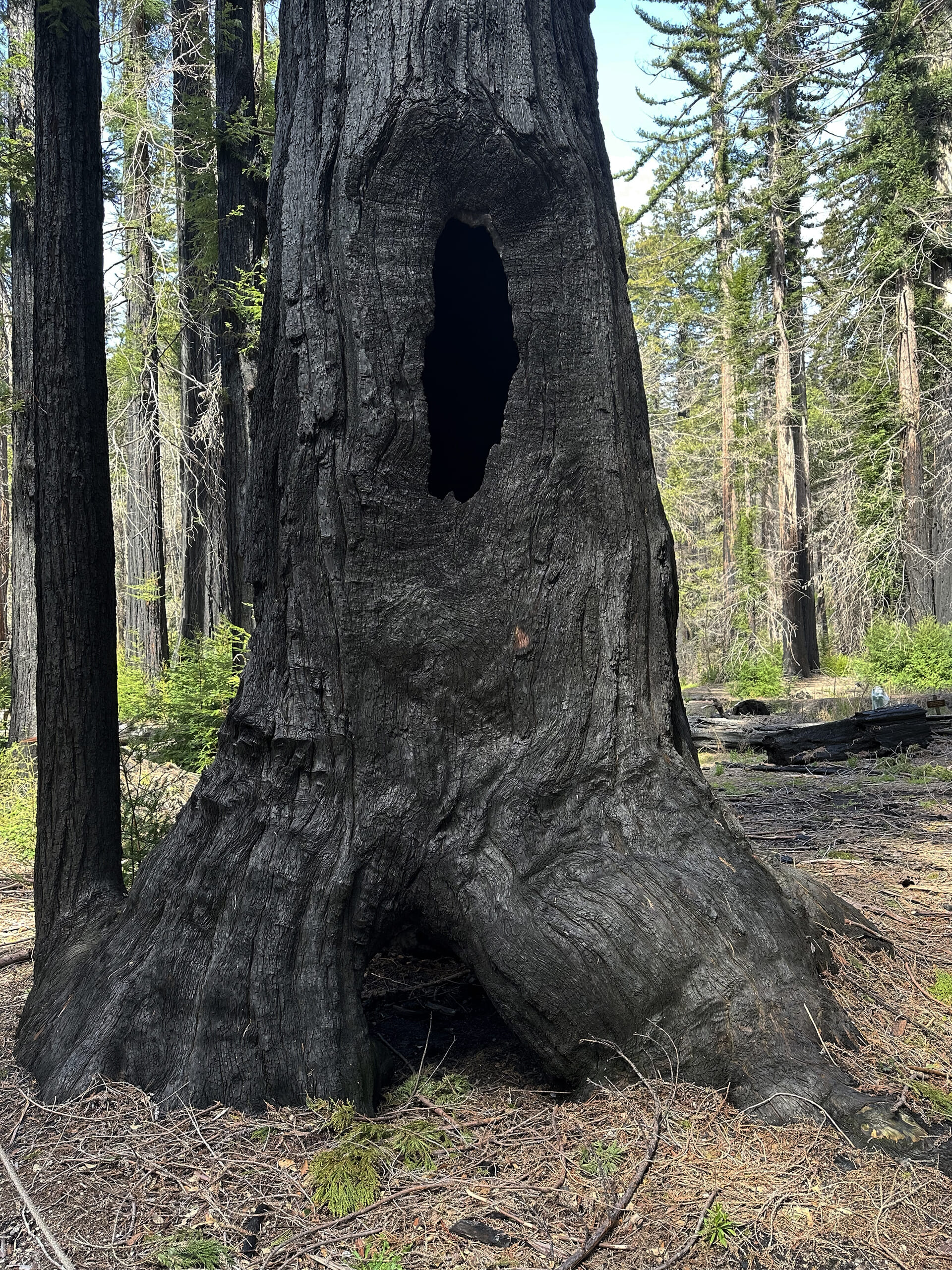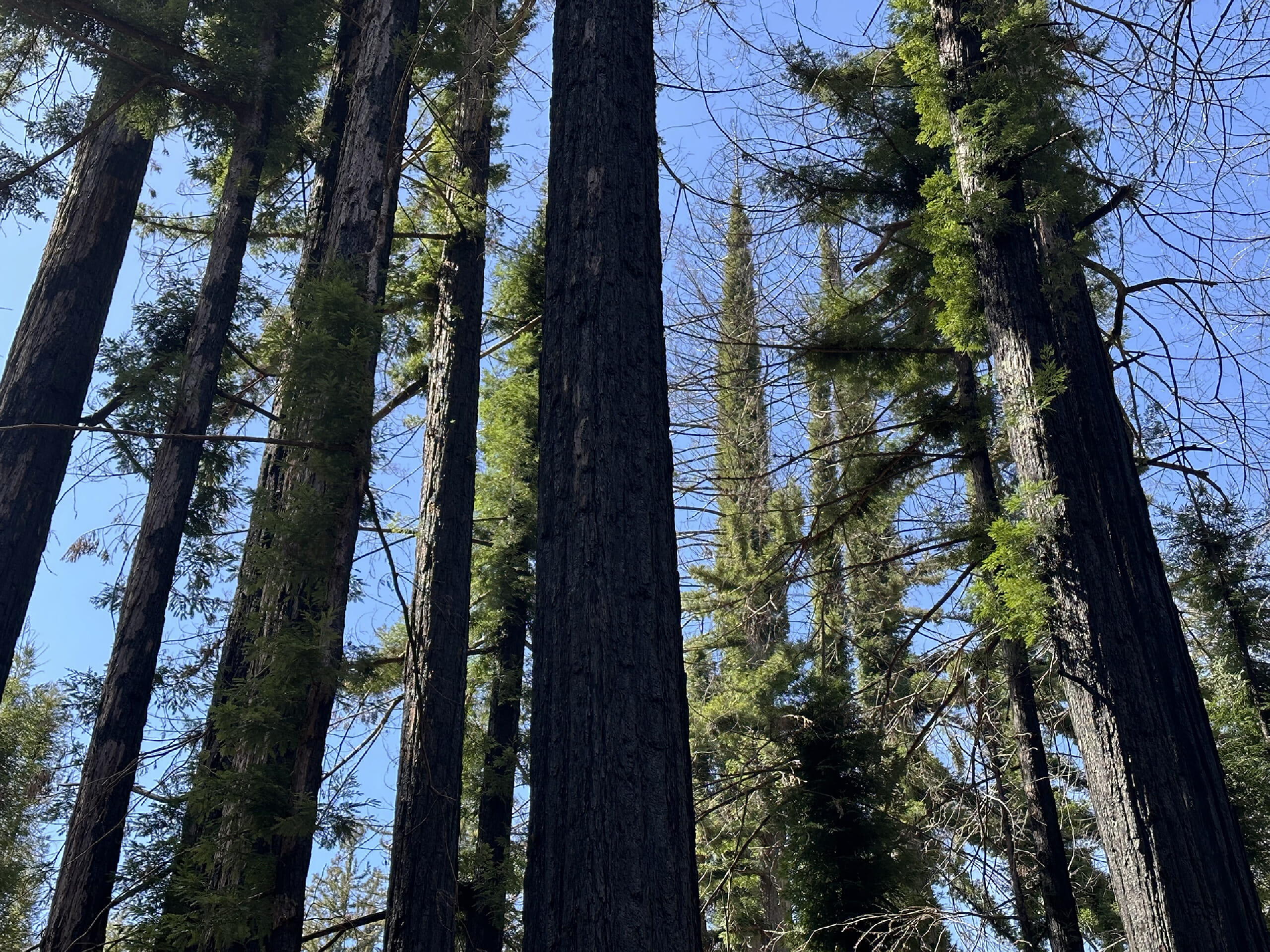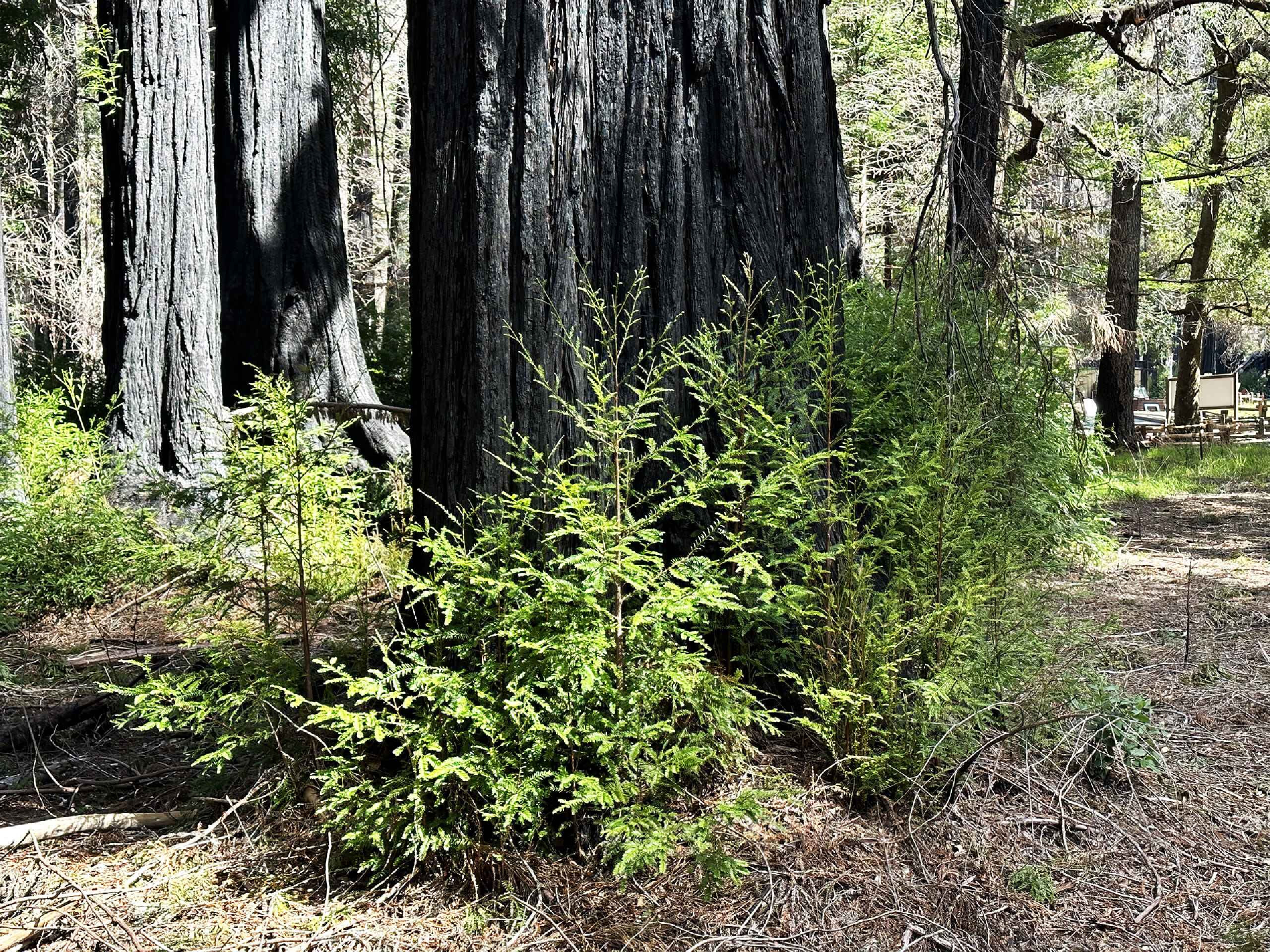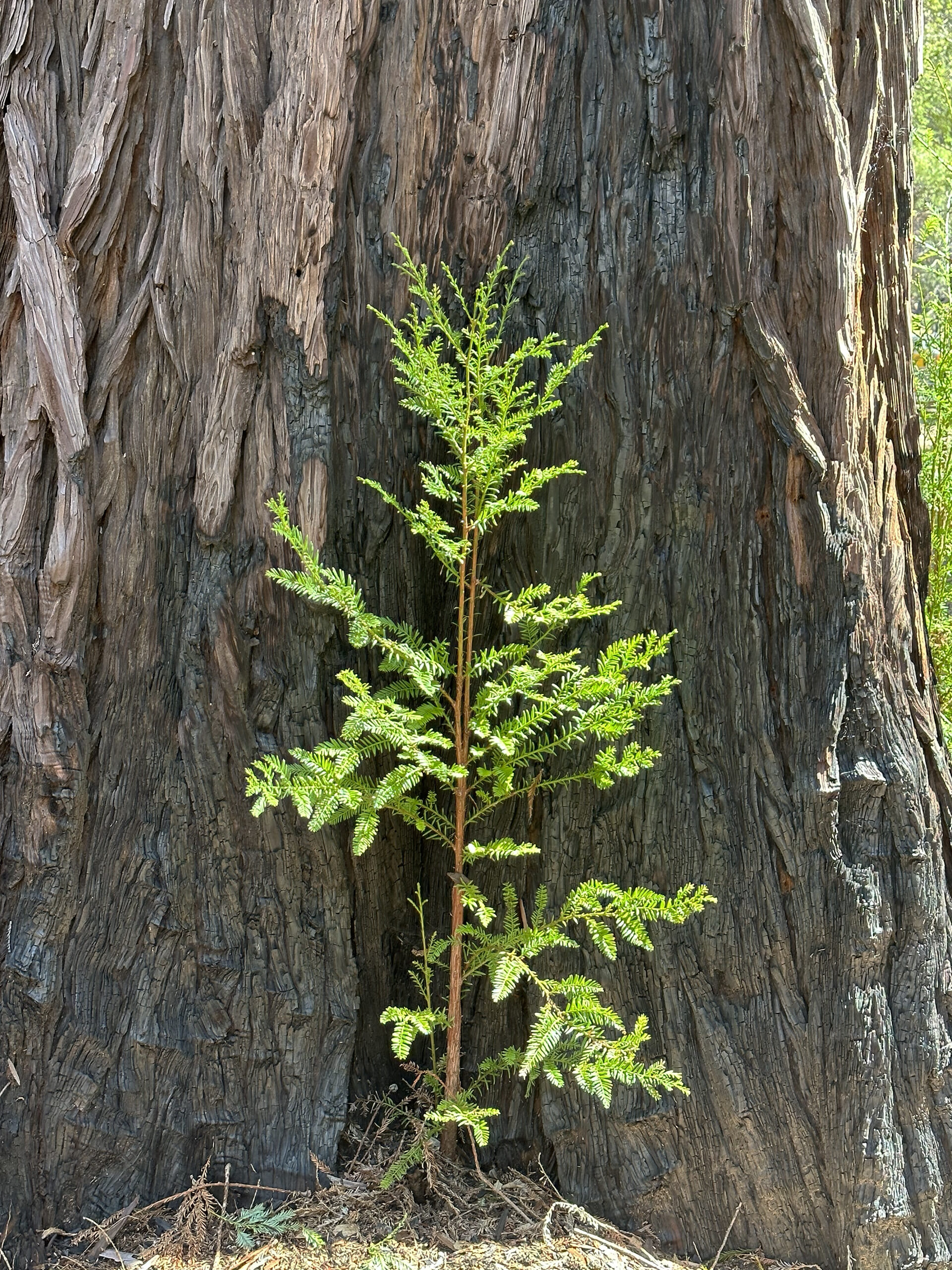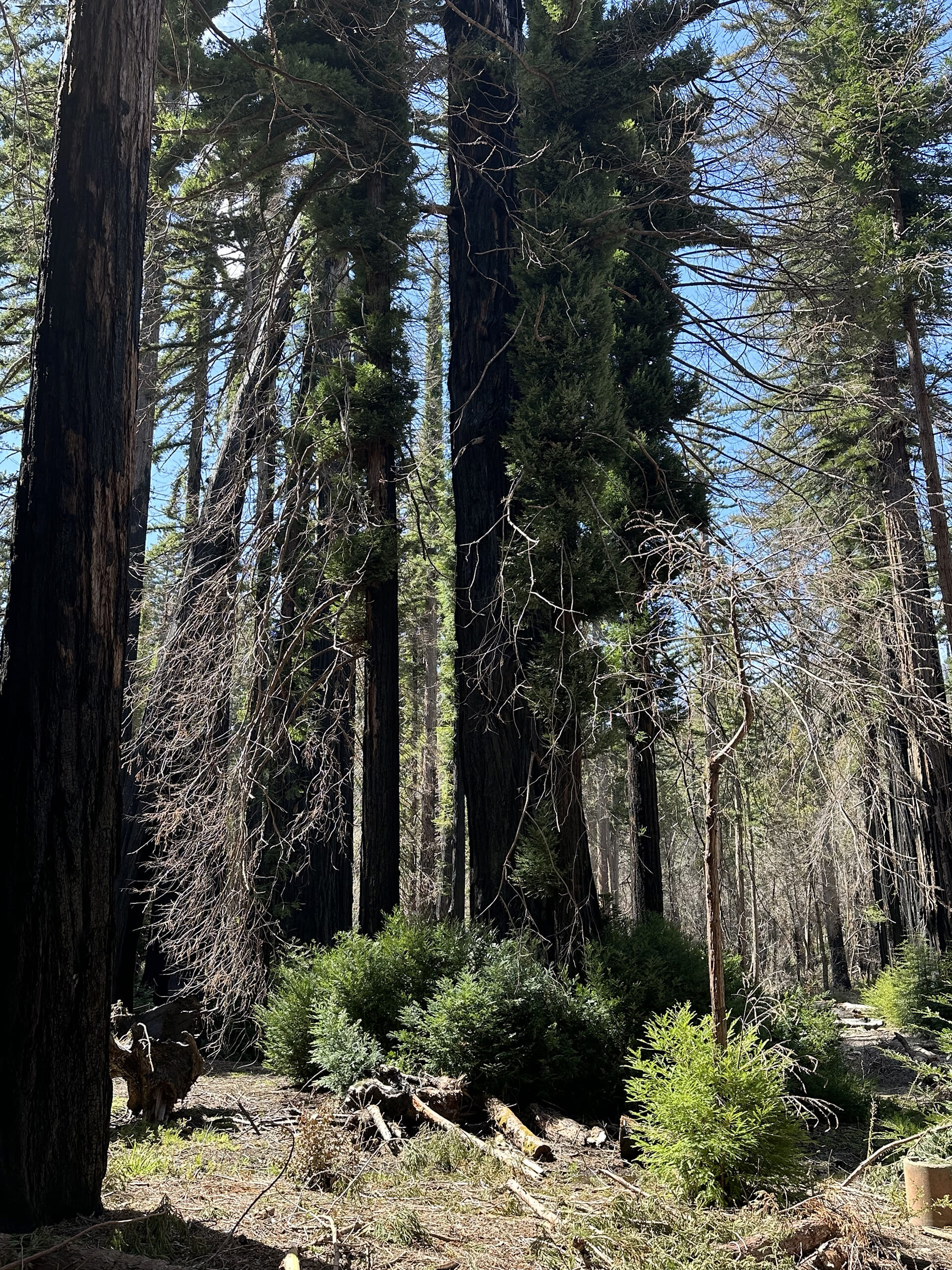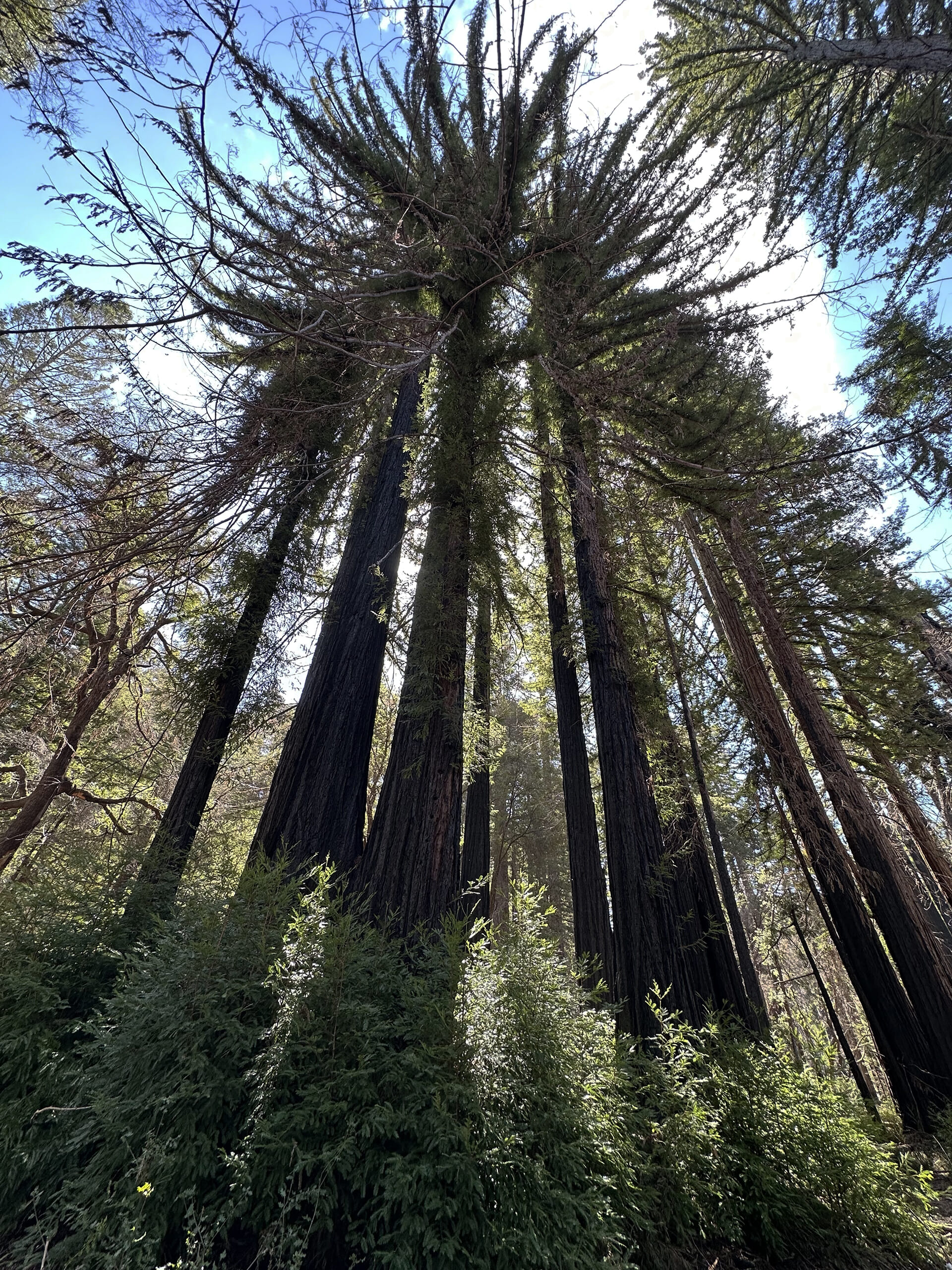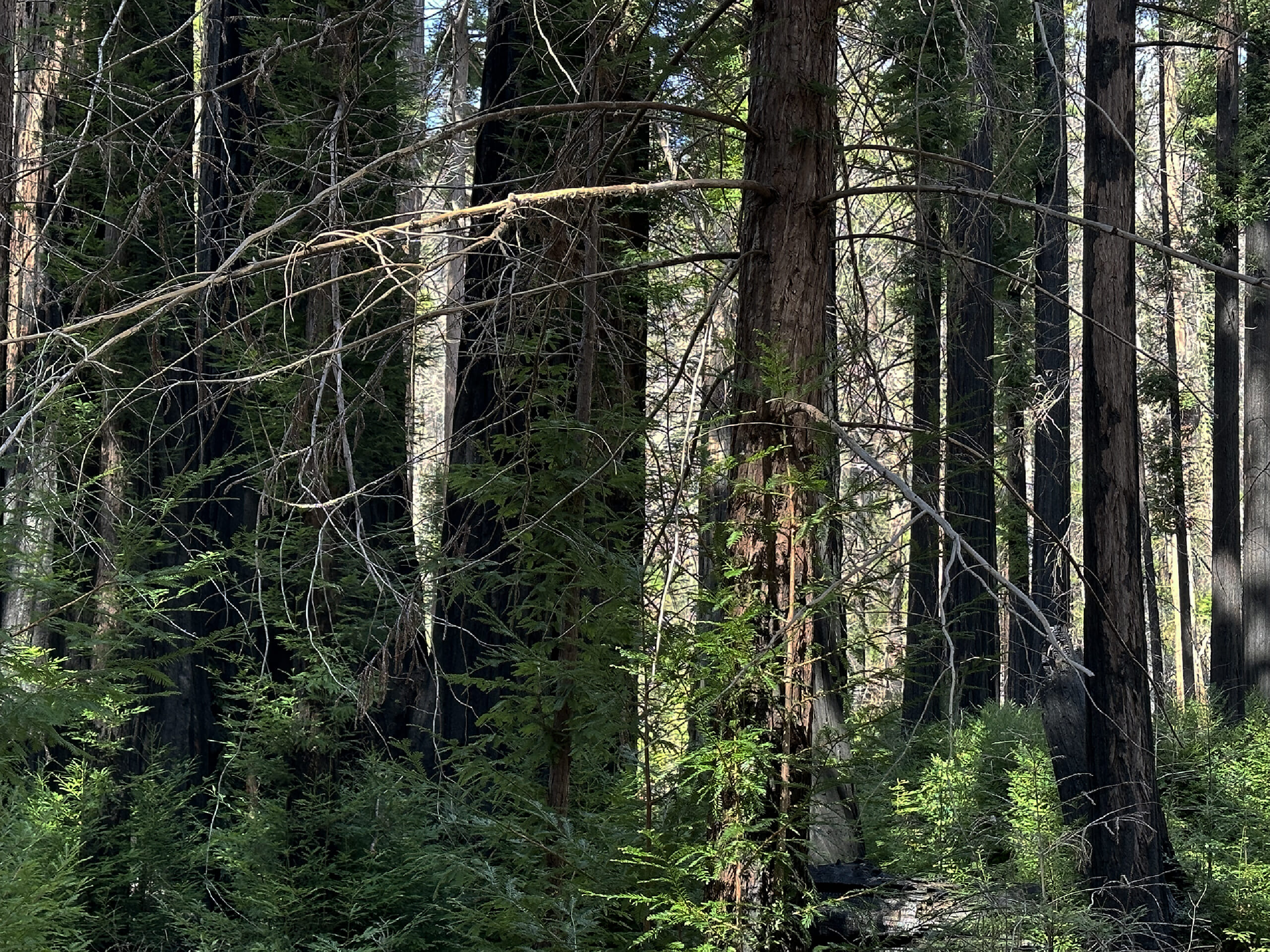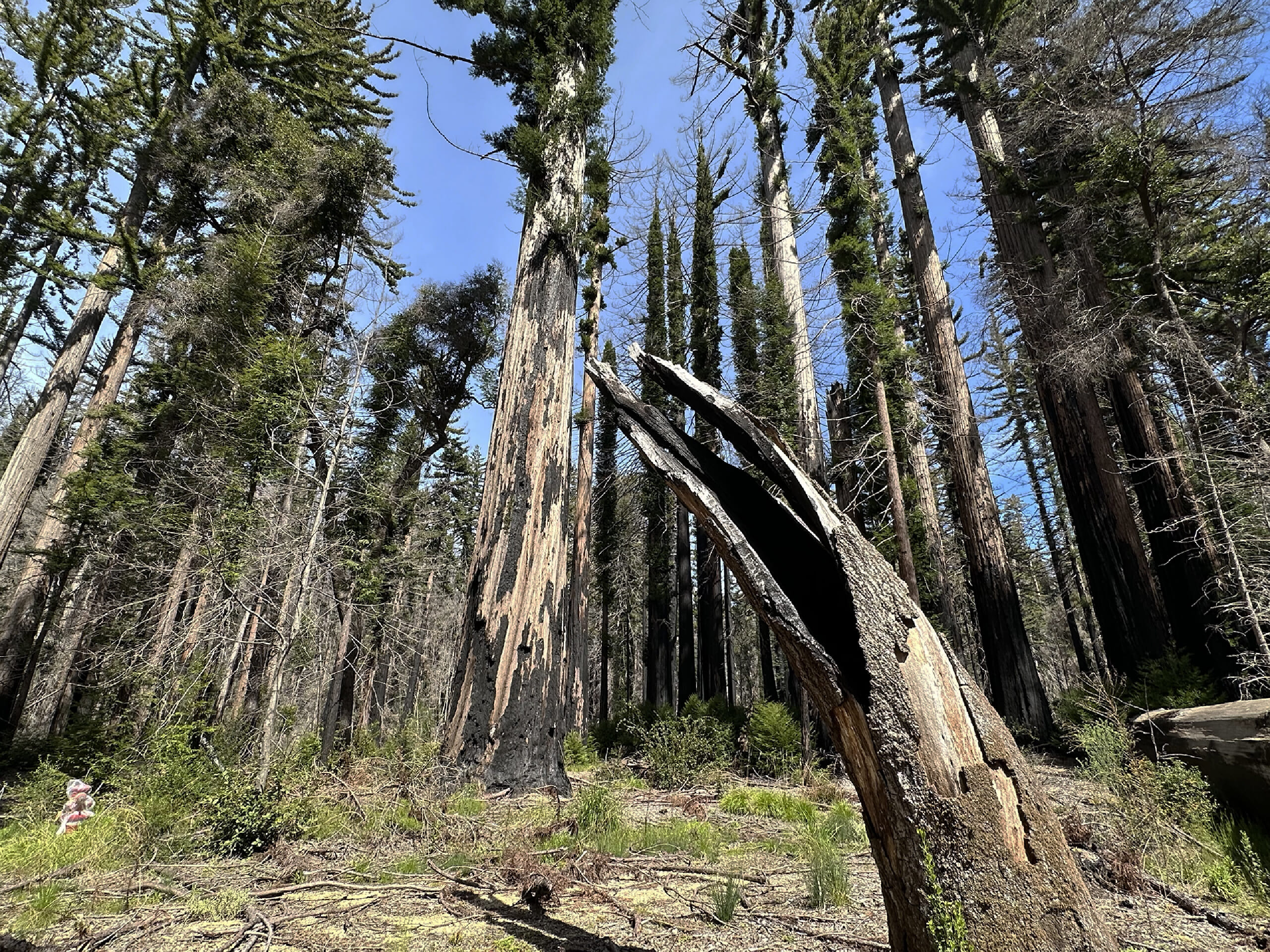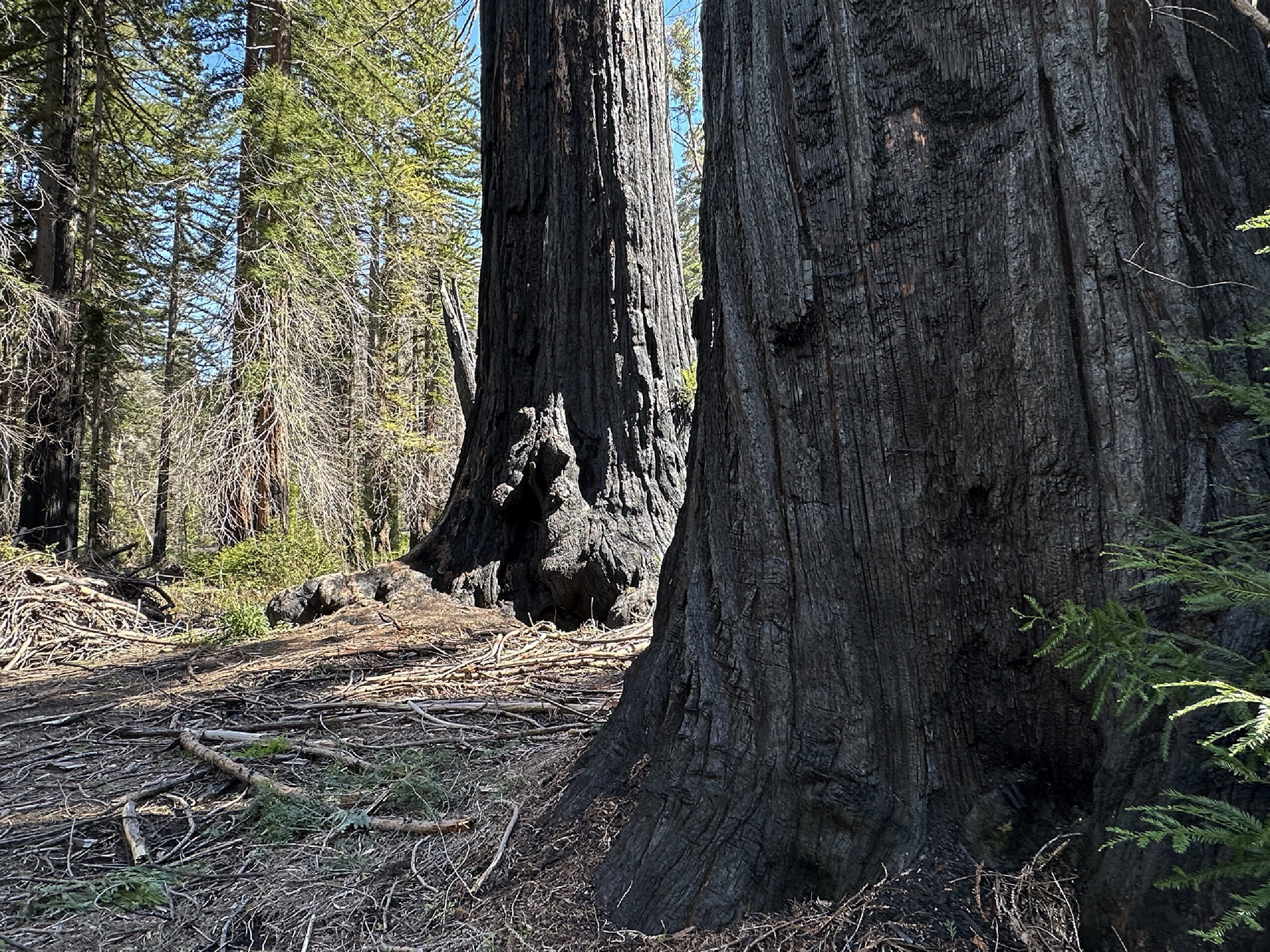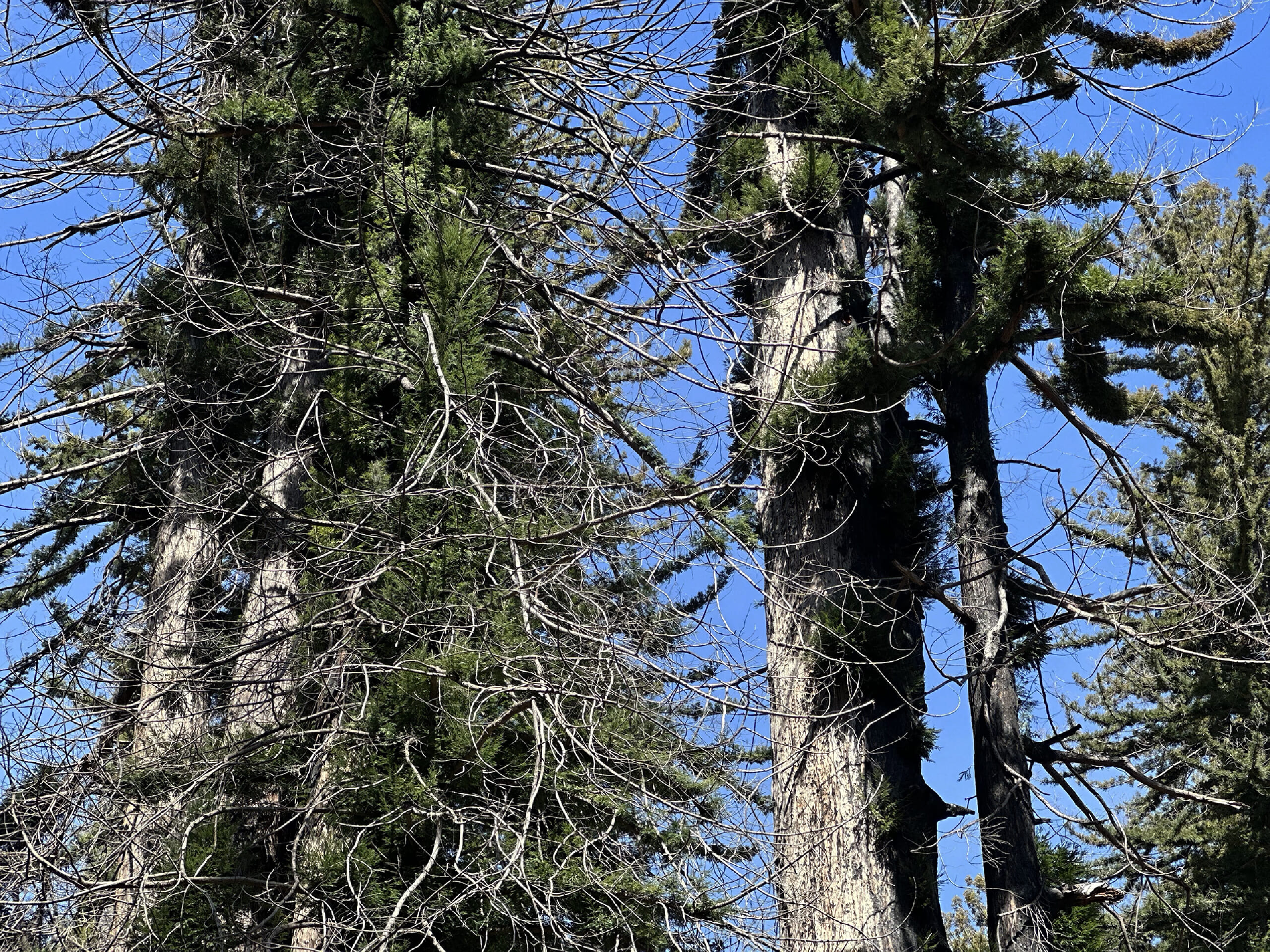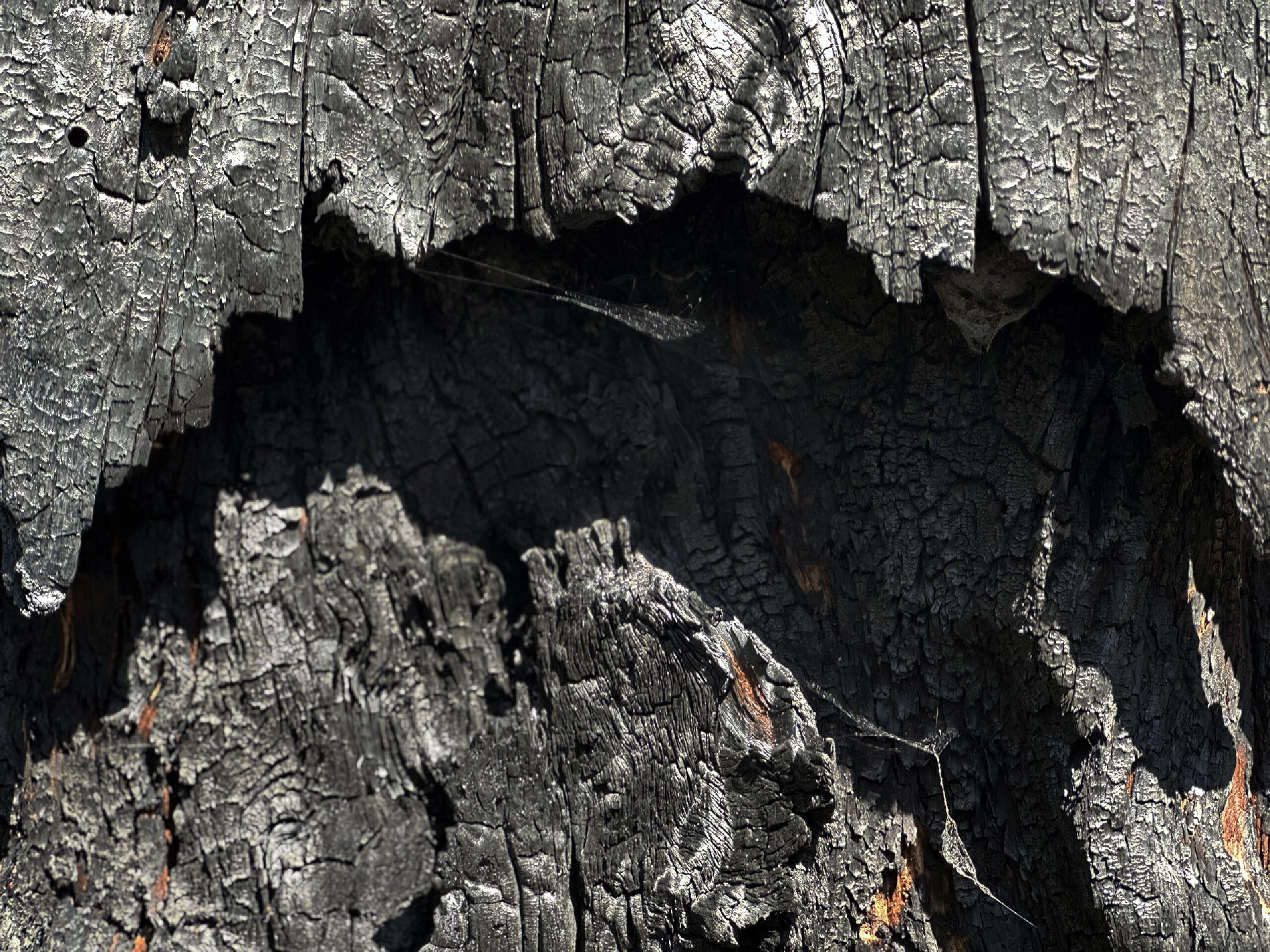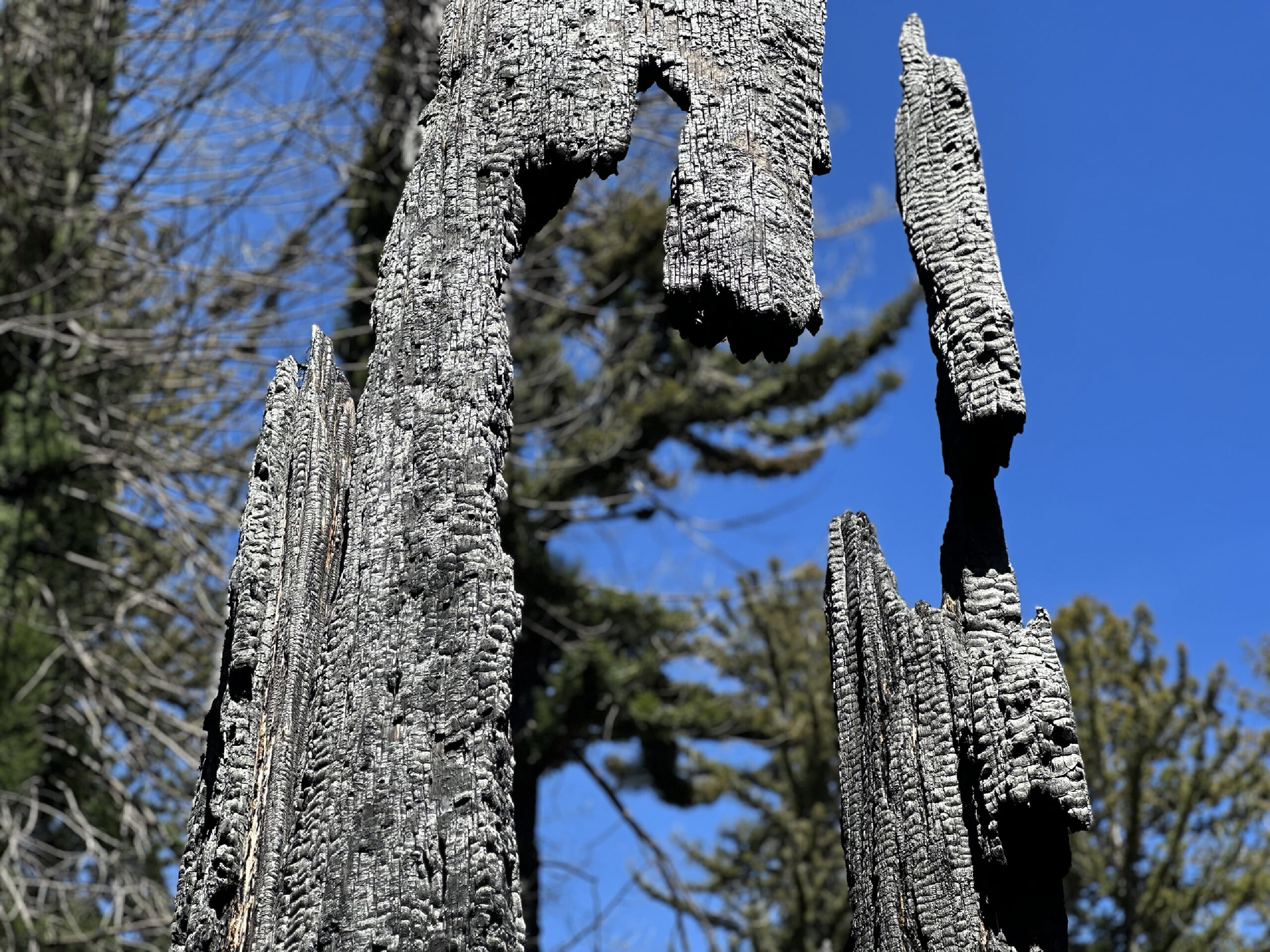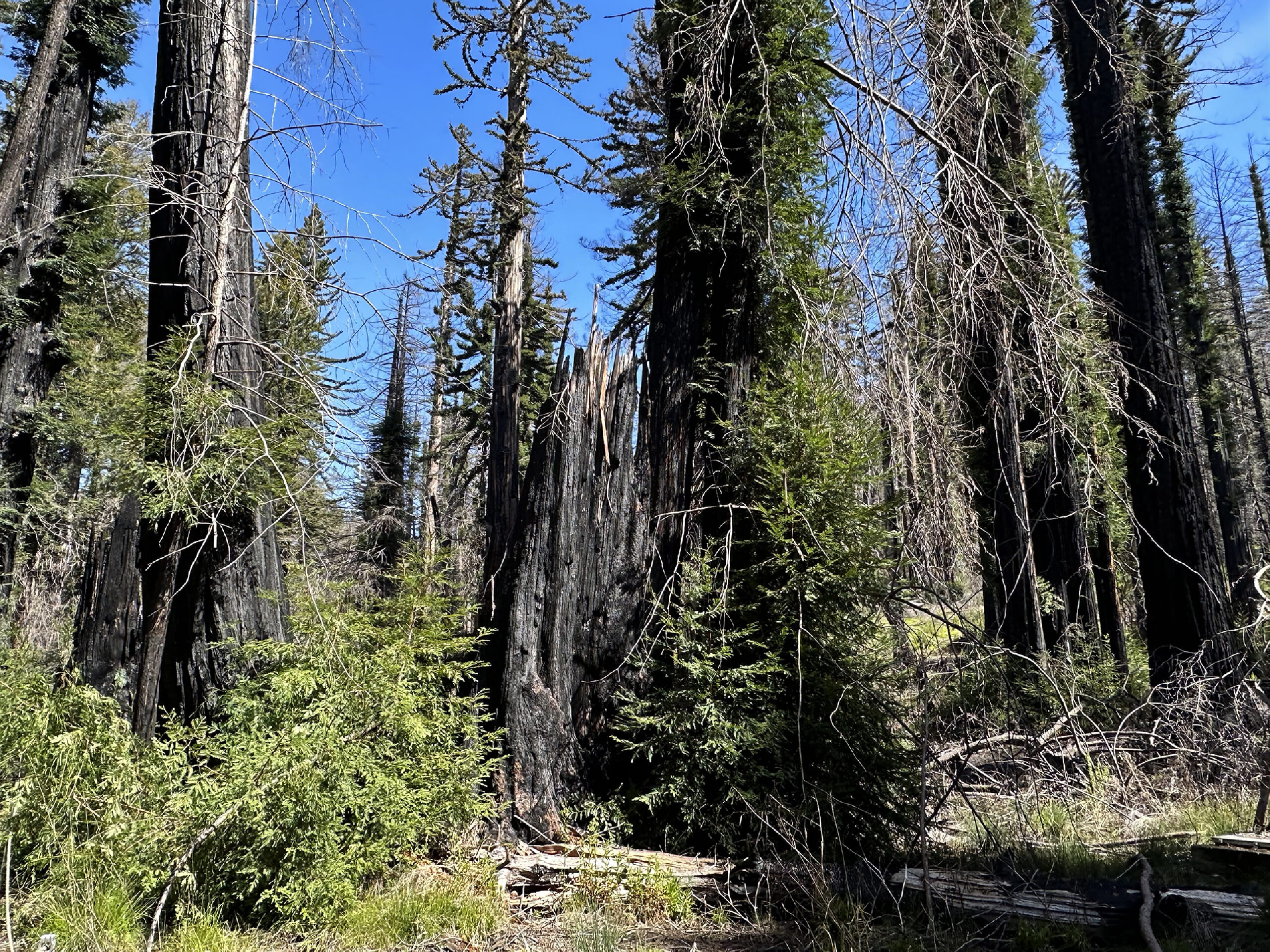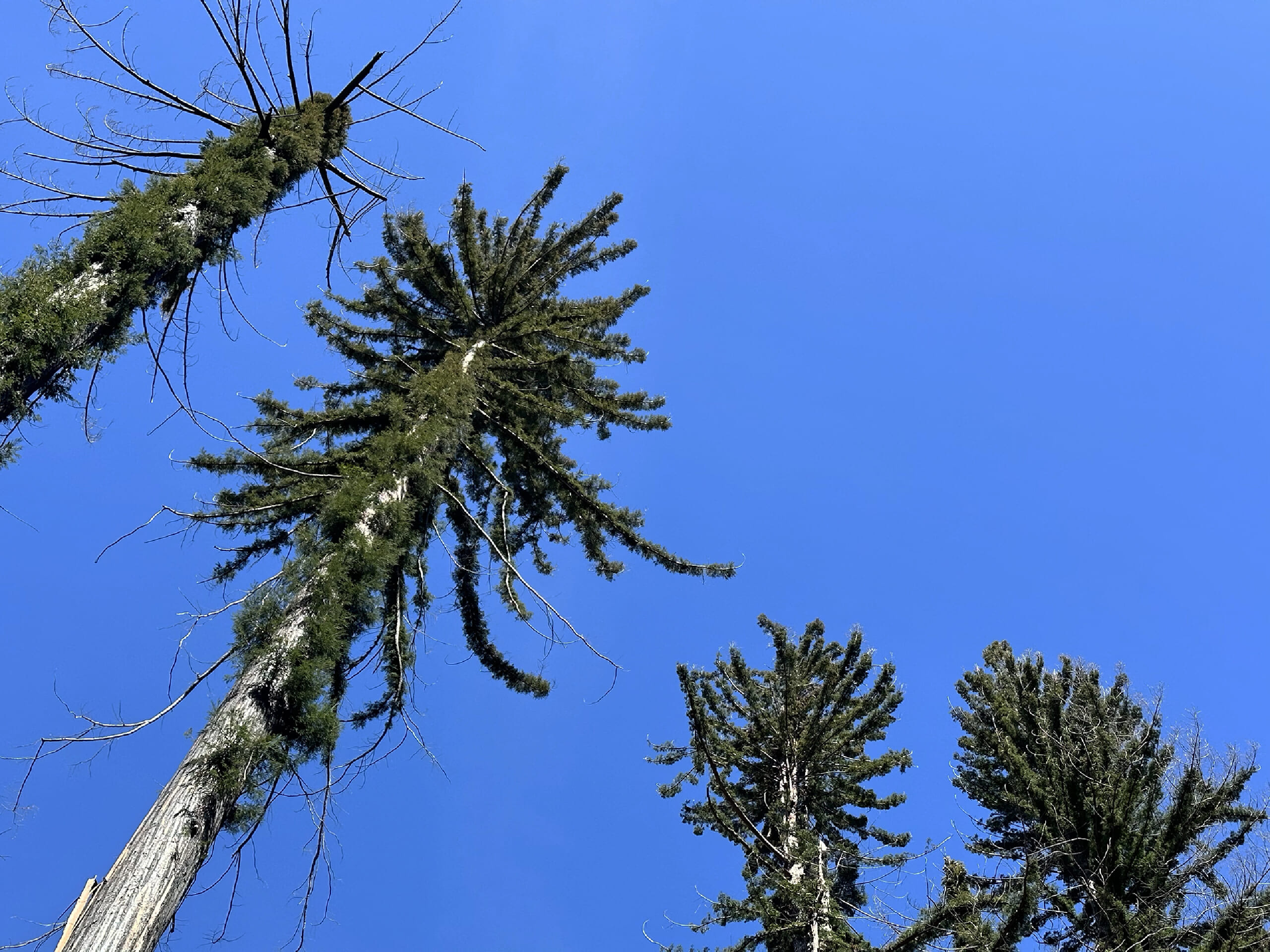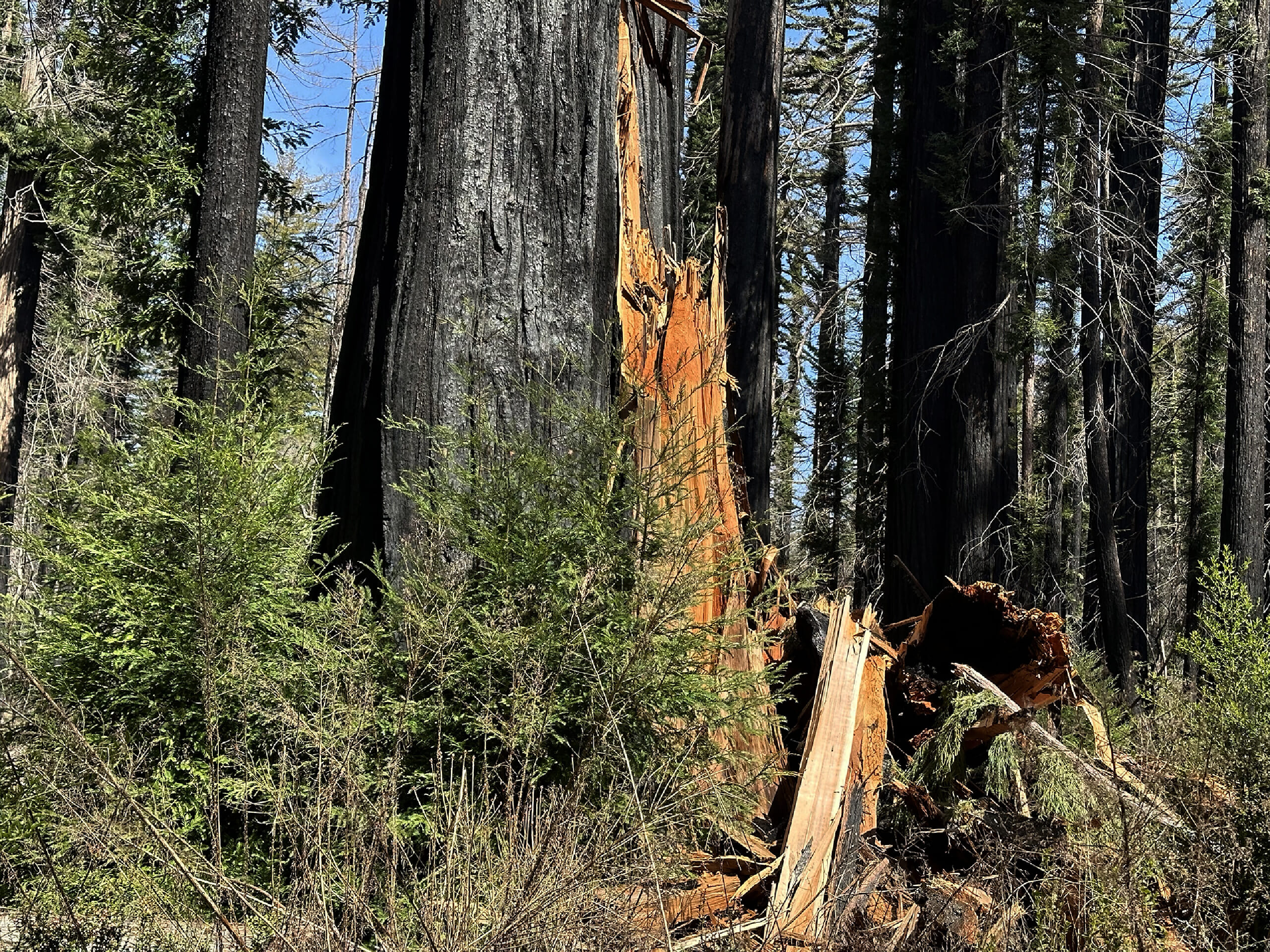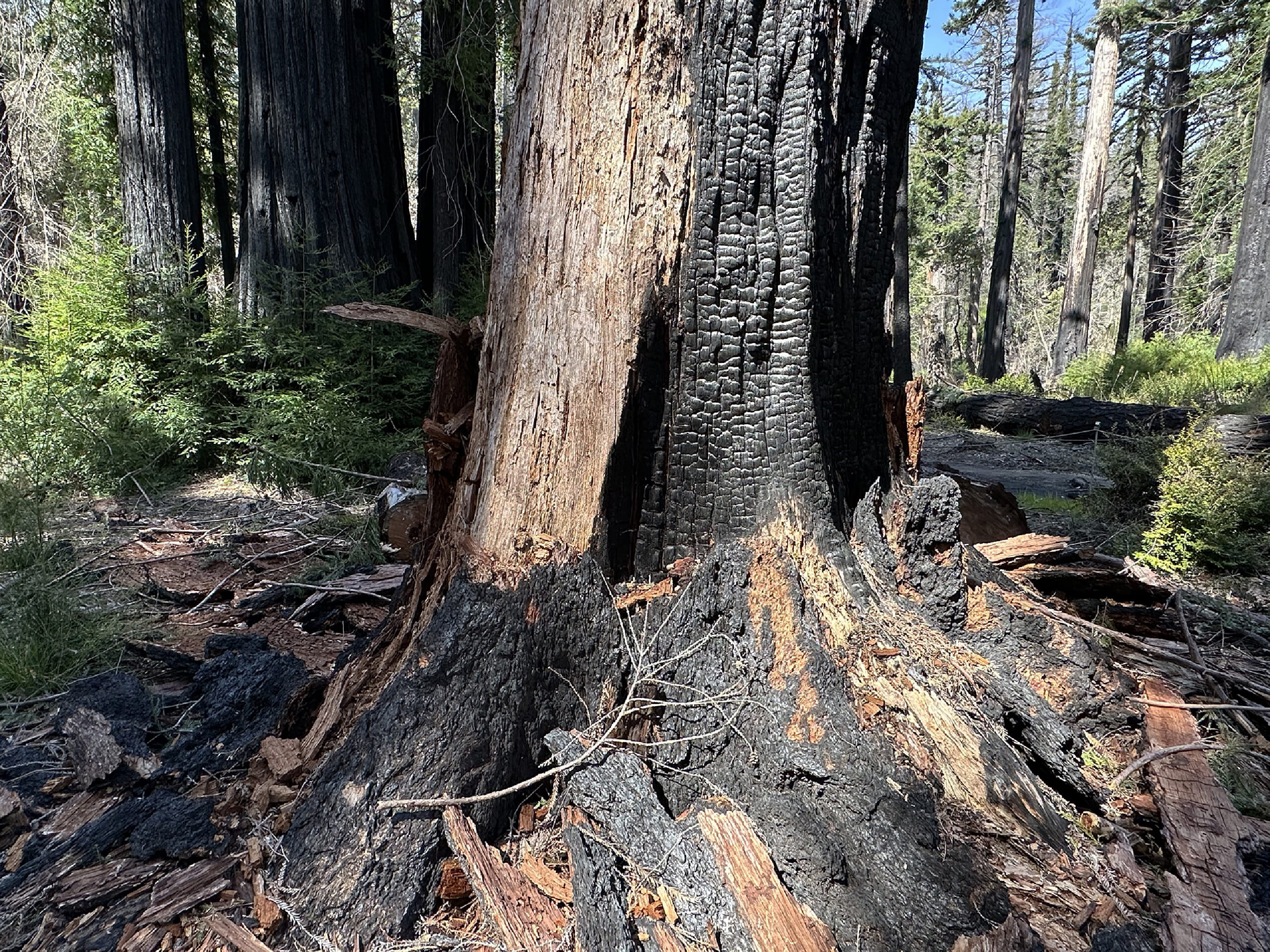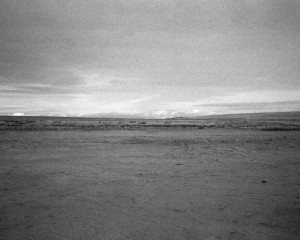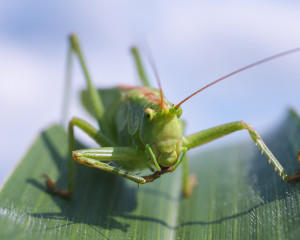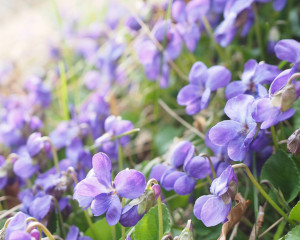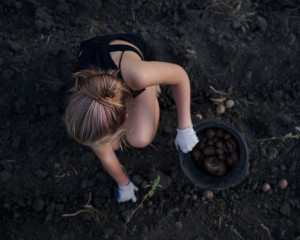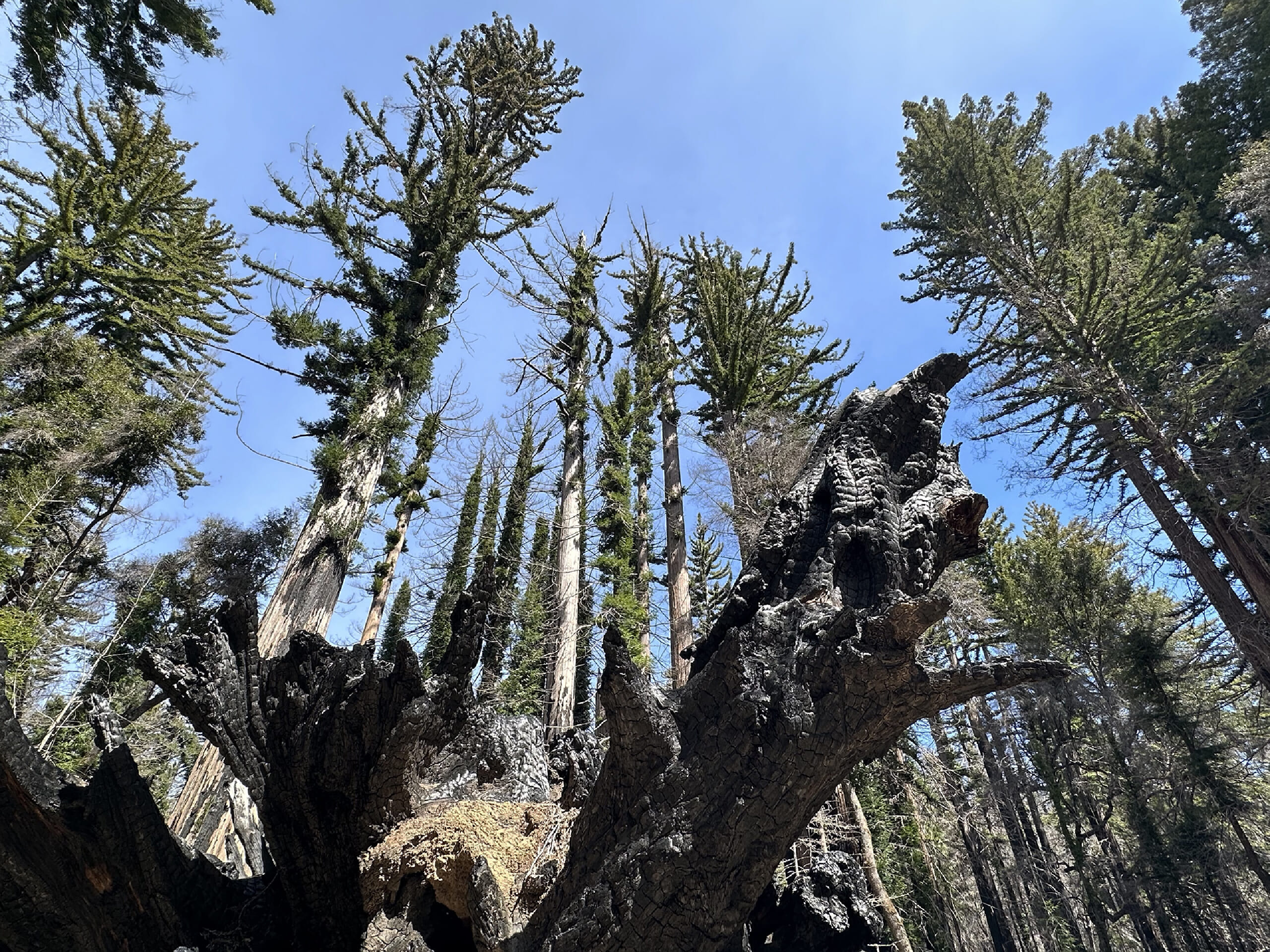
The Regenerating Power of Big Basin’s Redwoods
By Gayil Nalls
Sign up for our monthly newsletter!
Up in the Santa Cruz Mountains on the former homelands of the Cotoni and Quiroste tribes sits the oldest state park in California, Big Basin Redwoods State Park. It was formed in 1902 after long, exhausting efforts to preserve the ancient Redwoods had galvanized people from every walk of life in California. Together, they saved these remaining giants of old growth from the intense logging exploitation that had begun in the 1880’s, becoming the state’s first environmental movement.
Redwoods are scientifically referred to as Sequoia sempervirens, which means ever-green or ever-living. However, on August 16th, 2020, a lightning strike caused a fire that spread through the Park’s trees which were stressed by on-going drought and an extreme heat wave. Within two days the entire Park was engulfed in flames driven by high winds, and the sky around the region was orange and heavily smoke-filled. Despite the courageous superhuman effort to save the ancient trees, it is estimated that 97% of the Park, over 18,000 acres burned. This horrific event now referred to as the CZU Lightning Complex Fires, not only took the lives of so many trees but also destroyed all the architectural structures in the Park, including the historic Park Headquarters.
This Spring the Park is open for limited day-use and can be entered north of the town of Boulder Creek. These images offer insight into the devastating impacts of the fire on the scorched Redwoods and the amazing recovery process in progress. While the recovering costal Redwoods remain intact, if only partially, we must also recognize that many other species died en masse. All the Douglas firs, live oaks, pines, and undergrowth were taken out by the fire almost completely.
Coastal Redwoods are the tallest trees in the world and have measured up to 375 feet, taller than the Statue of Liberty which is only 305 feet. But just 5% of these old growth redwoods still exist. Their root taps are shallow and surprisingly only reach down about 10 feet into the soil, but they make up for this by creating strength in community, weaving together with the root systems of neighboring Redwood trees, forming a network of support and stability.
Redwoods have extraordinary restorative powers that enable the tree to live for over 2,000 years. One facet of their longevity are the dormant buds on the trunk and branches that will sprout new regenerative growth when the major parts of the tree are injured or lost. This allows for the Redwood to continue its growth towards the sun, even when its top has been broken off. Furthermore, the trees are naturally fire resistant compared to other trees who have high quantities of pitch, (also called tar or resin), in their bark. This substance is highly flammable and fuels forest fires; however, pitch is very sparse in the thick bark of the Redwood. This meant that they were terribly charred but remained intact. Additionally, the bark and the Redwood contain high levels of tannin, the chemical that gives the wood its red color, and this substance helps to keep the tree alive by protecting it from potential fungal infections and insect infestations.
Clearly, Redwoods are survivors. Almost three years after the horrific fire, new light green foliage is sprouting across the blackened trees, and owls and woodpeckers have taken up residence in some of the burned-out cavities. Young Redwoods grow in circles around mother trees in a process that is called basal sprouting. Sword ferns (Polystichum munitum), Sorrel (Rumex acetosa), Redwood violet (Violet sempervirens) California lilac shrubs (Ceanothus spp.), and Yellow Brush poppies (Dendromecon rigida) were part of an assortments of plants, shrubs, and grasses that have begun to reconstitute a sunlit undergrowth. While old Redwoods continue to grow, new Knobcone pine trees sprout because heat from the forest fires had opened the cones up and dispersed the seeds.
Although these fires cause profound destruction to an ecosystem, they also create conditions for wild plants, some of which have been termed “Fire Followers”. These are plants that grow in the new conditions of charred soil and increased sunlight, providing important recovery benefits to the damaged ecosystem. They include the scented Warleaf ceonothus (Ceanothus papillosus), Coastal lotus (Acmispon maritimus), Twining snapdragon (Antirrhinum kelloggii), Whispering Bells (Emmenanthe penduliflora), Stinging lupine (Lupinus hirsutissimus), Shortlobe phacelia (Phacelia brachyloba), andthe Fire poppy (Papaver californicum).
Though emotions of collective loss are still being processed, the restoration aim for the Park is to help it be more resilient in the face of fires, droughts, and other challenges of climate change. A full regenerative process and outcome, along with reformed canopies, will likely take 200 years according to the Sempervirens Fund, an organization that helped create the park and is exclusively dedicated to protecting to redwood forests of the Santa Cruz Mountains.
Near the Park station was a hand-written Park sign that read, “Did the squirrels open a pancake restaurant? That maple syrup smell is California everlasting.” The native white flower was scenting the area with a restorative elixir as it dried after its early spring bloom. The sweet perfume wafting through the forest air was coming from a plant whose scent had gone dormant during the pre-fire drought. Now it was back.
Gayil Nalls, Ph.D. is the creator of World Sensorium and founder of the World Sensorium/Conservancy.

As Ireland transitions from the rich, smoky scent of peat-burning to a more sustainable future, its olfactory heritage is evolving. What will become the next iconic aromatic symbol of Ireland?
Click to watch the documentary trailer.
Plantings

Eat More Plants Recipes:
Cabbage Roll with Cannellini Bean Hummus
By Sabina Cobbe


